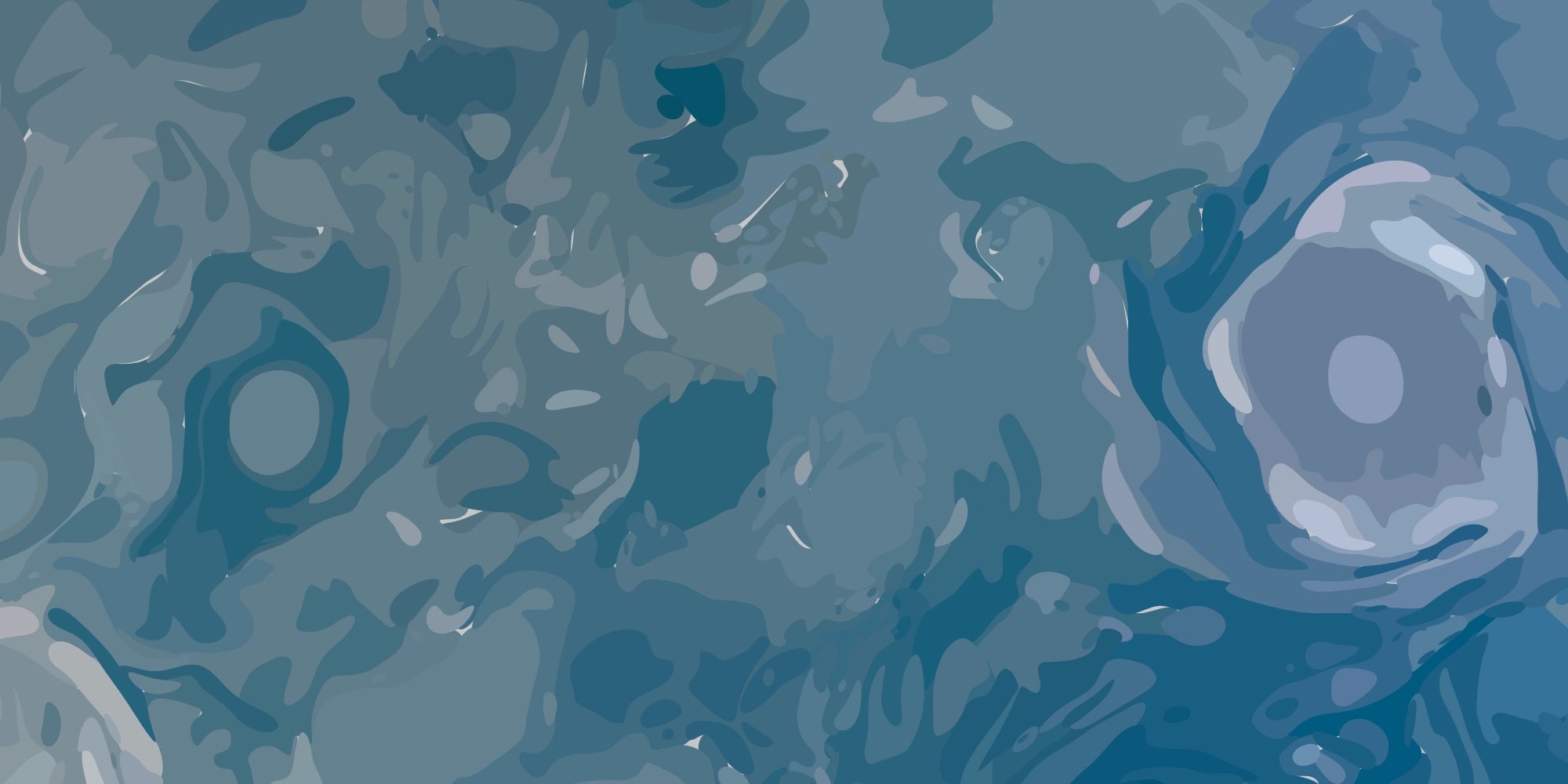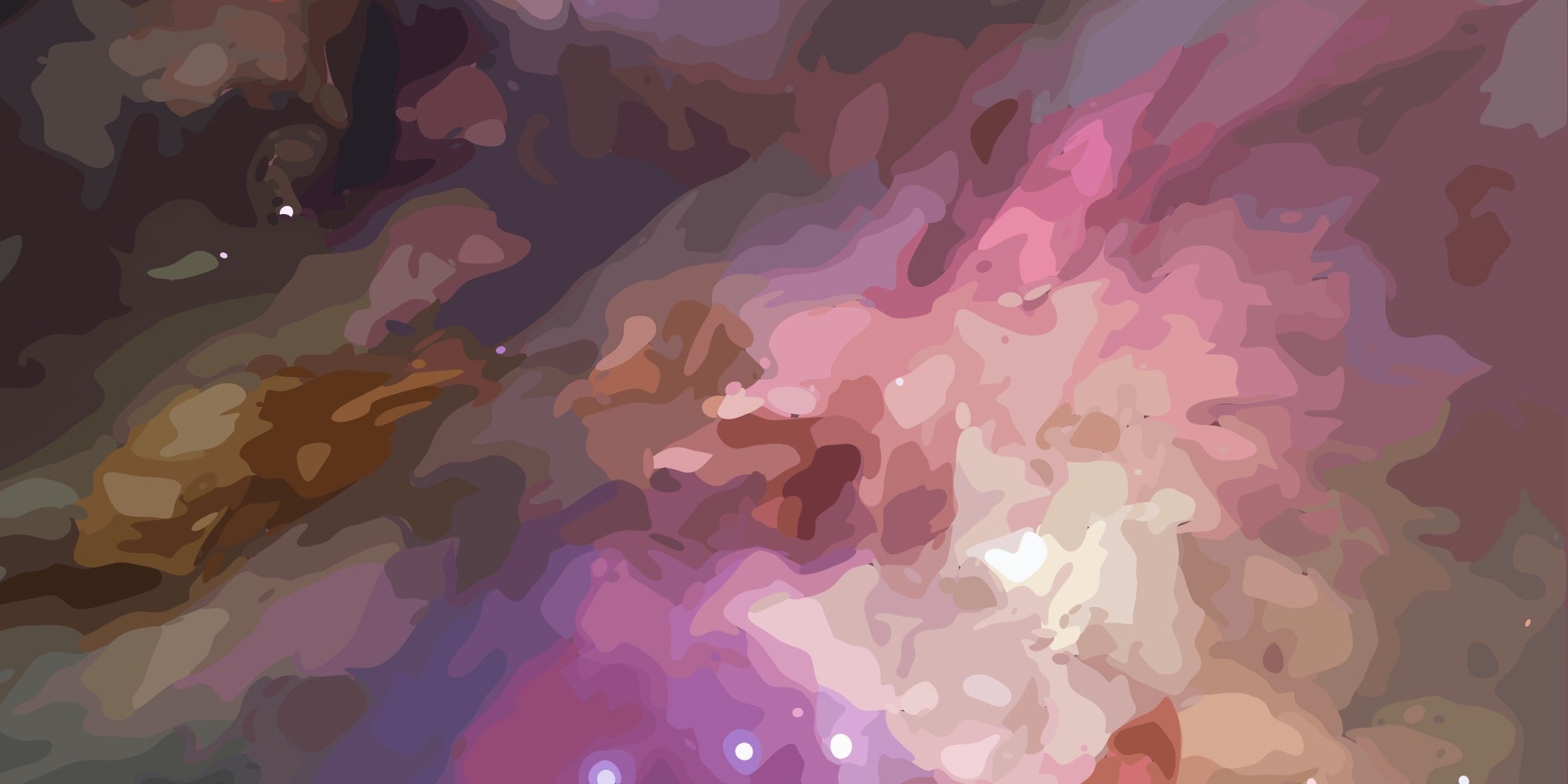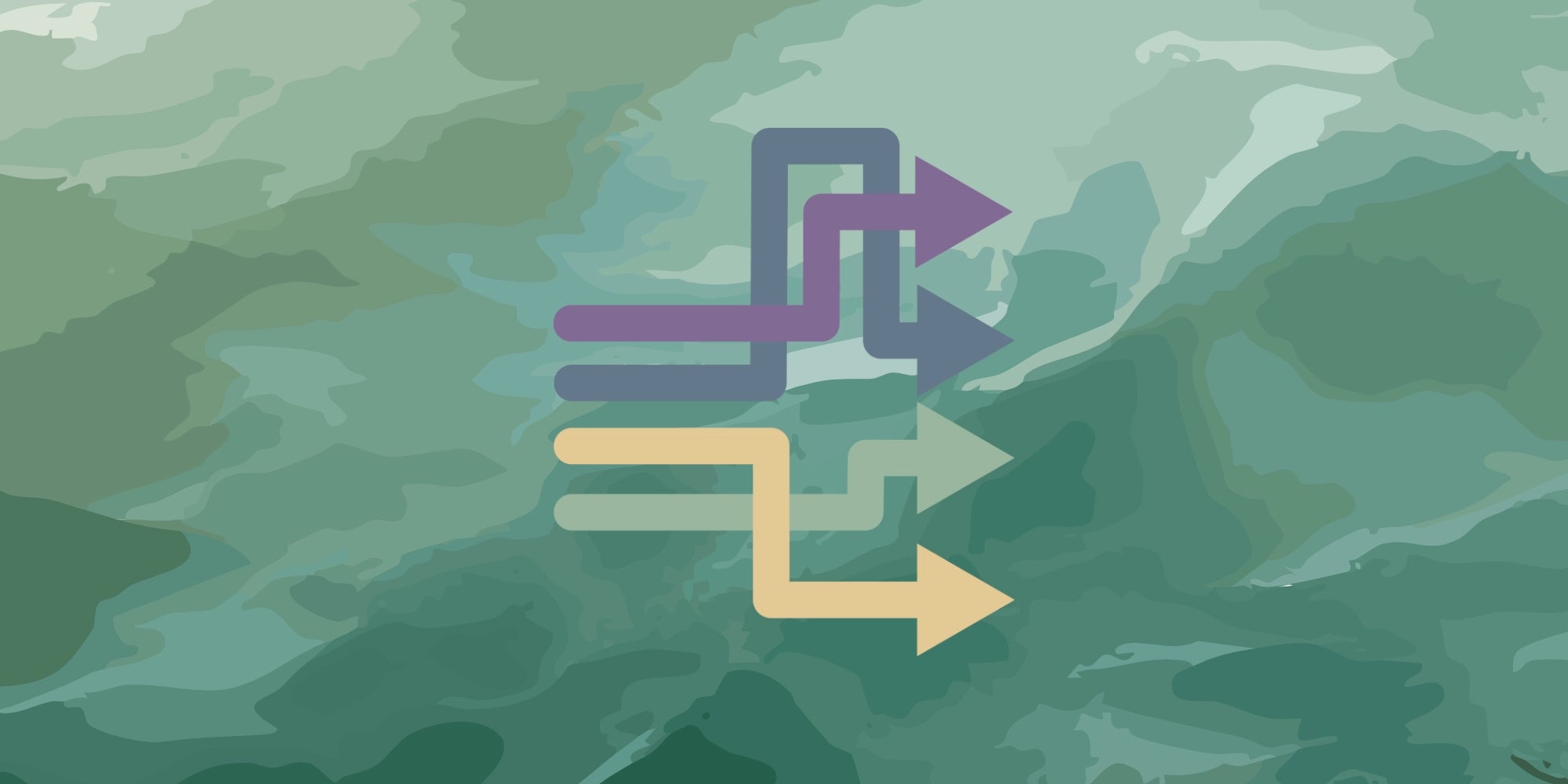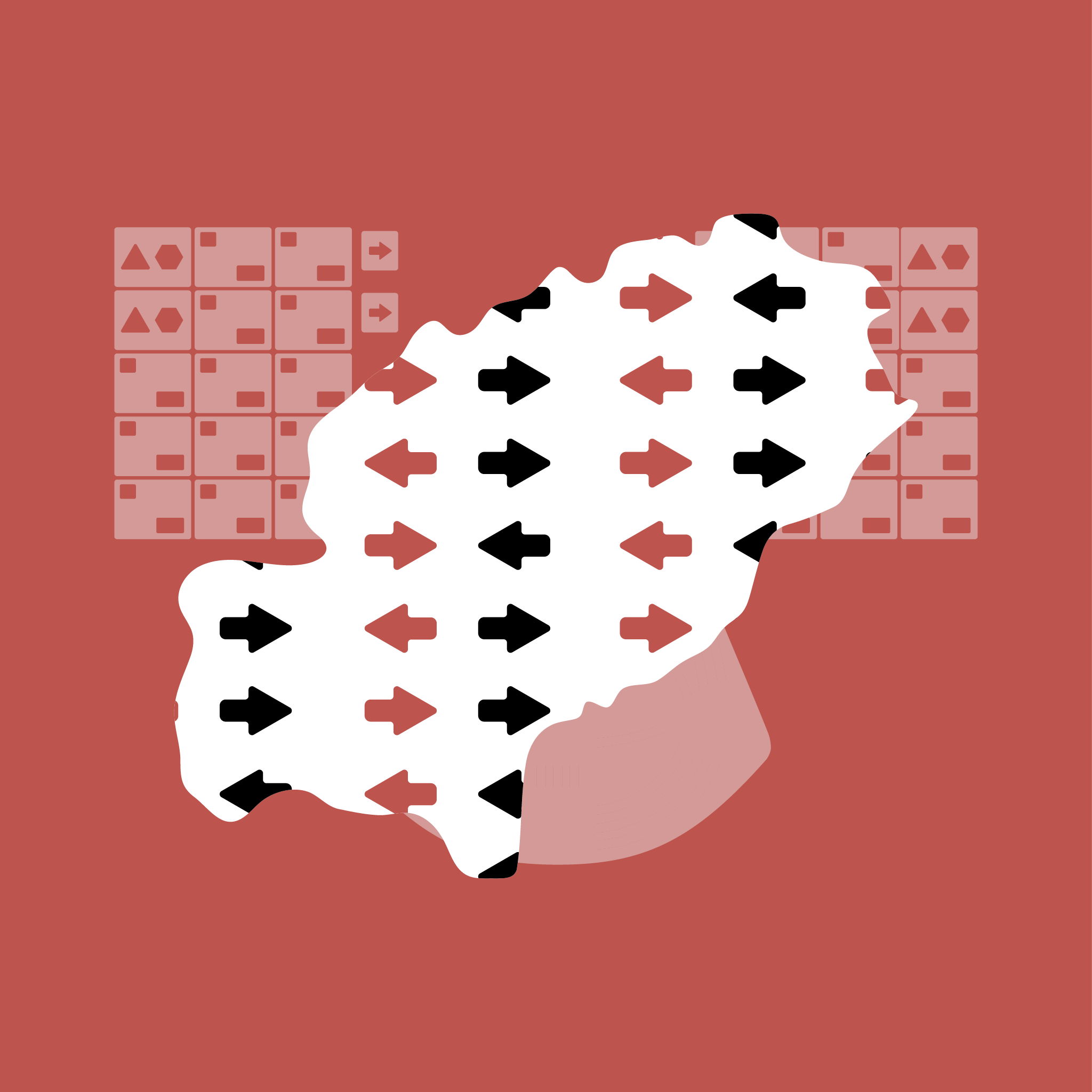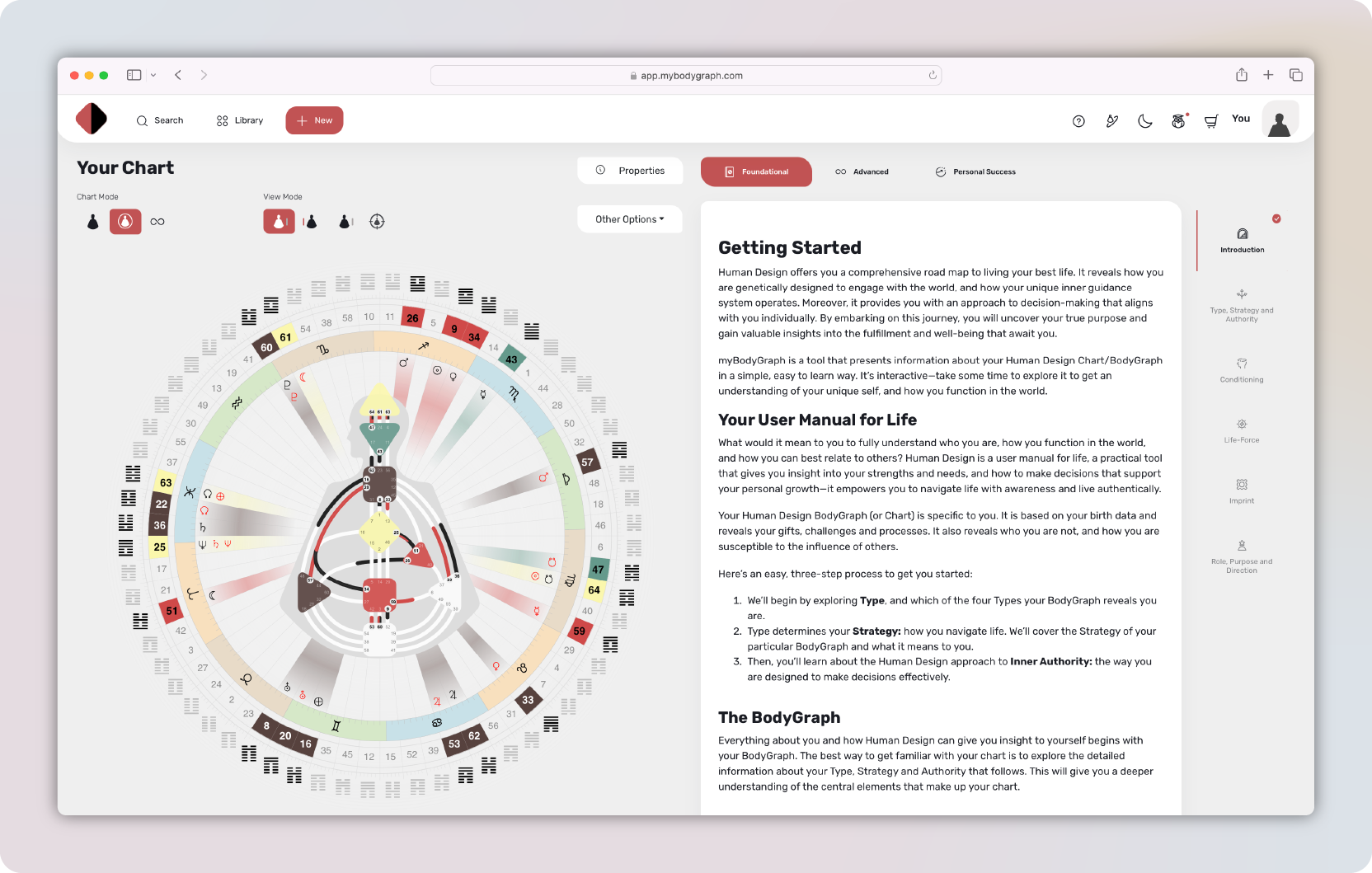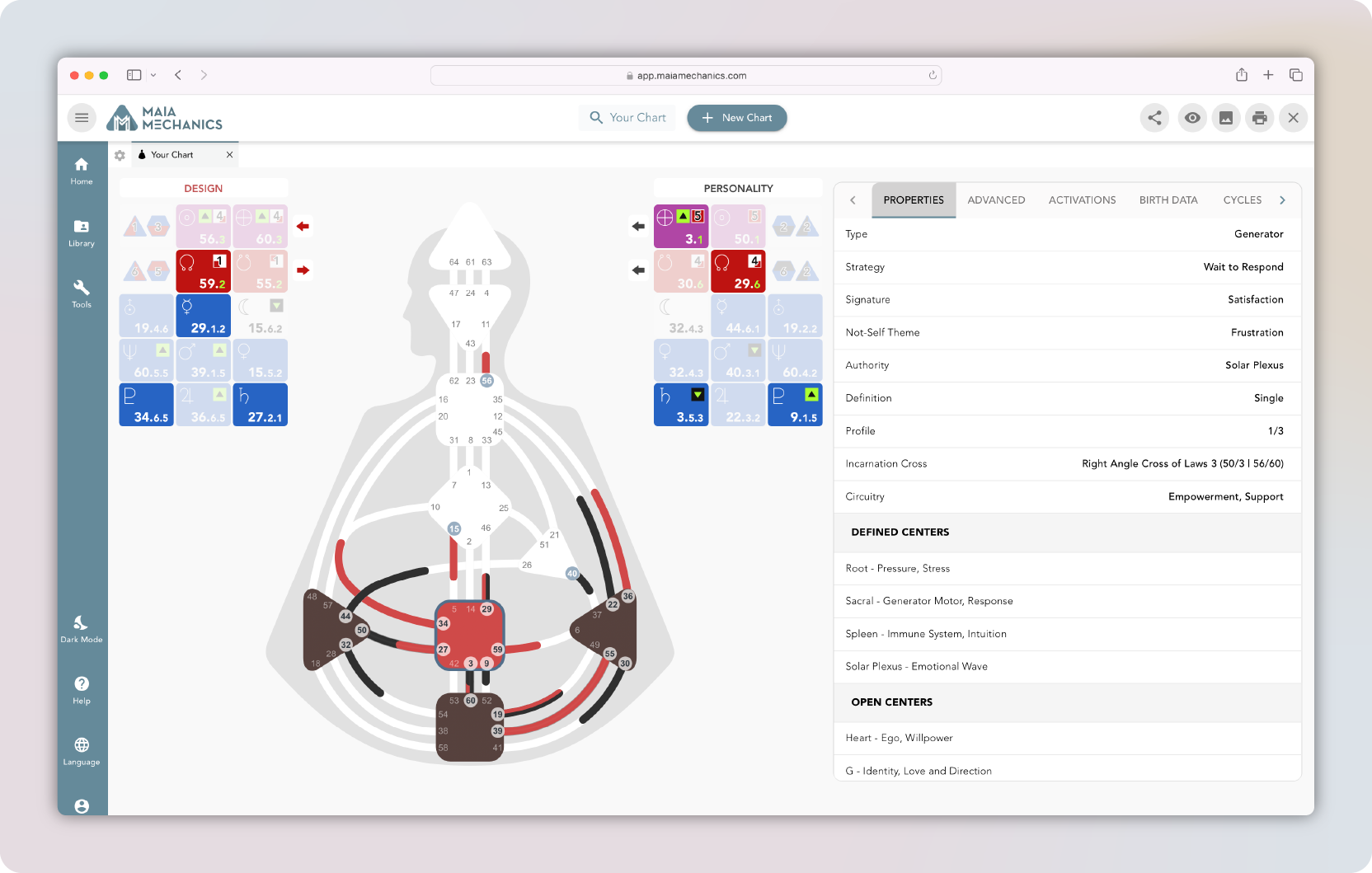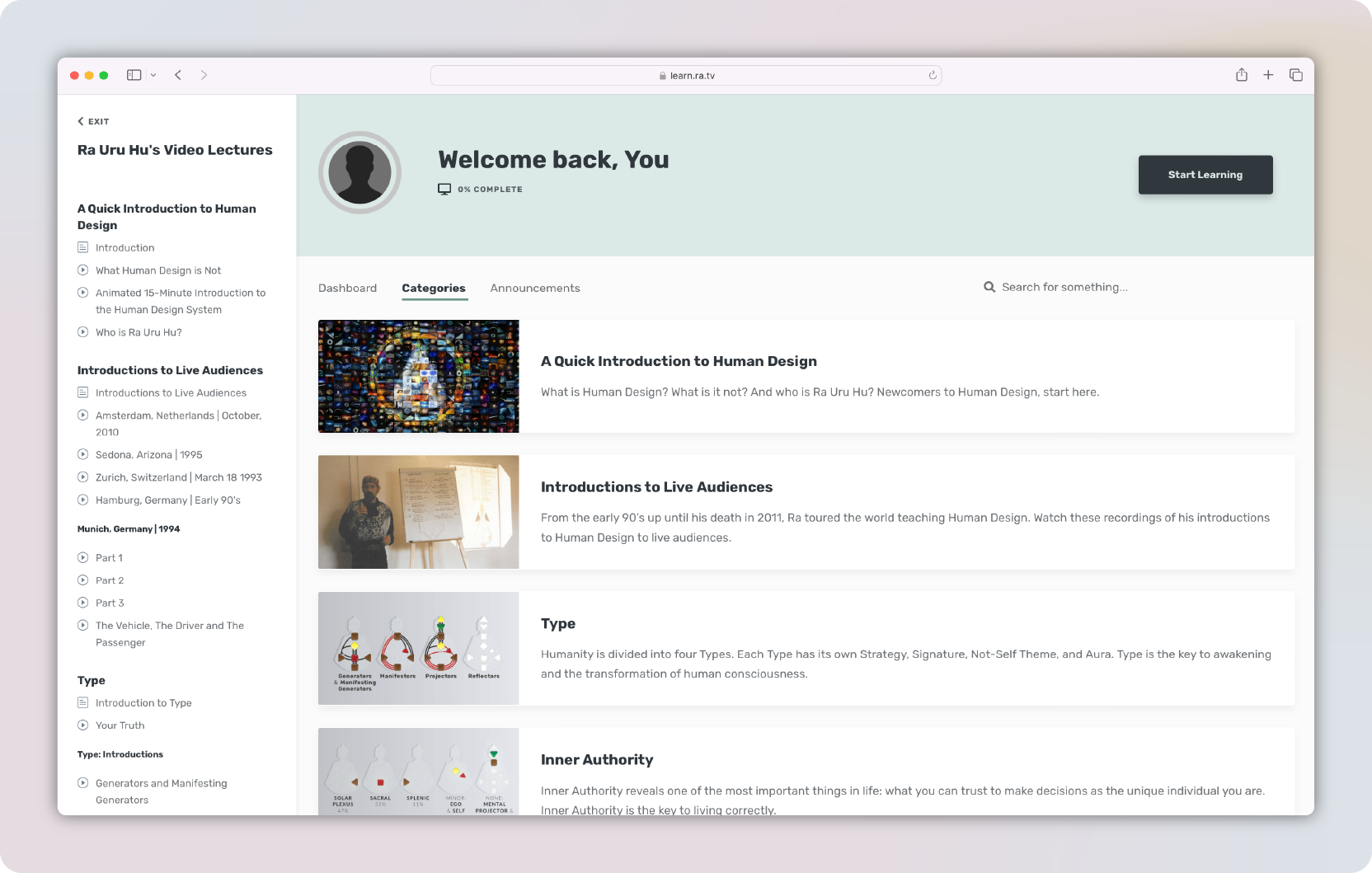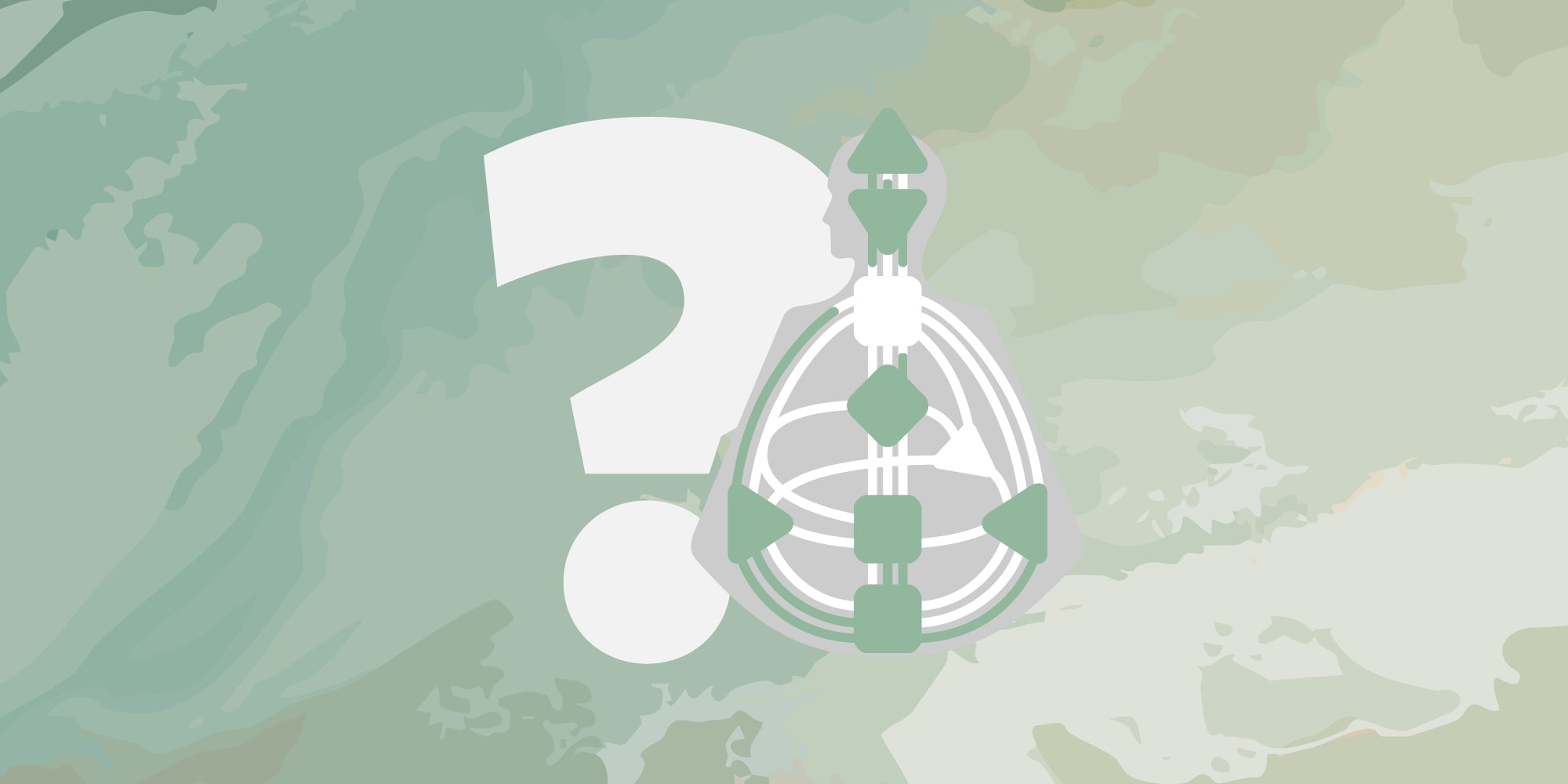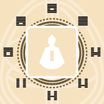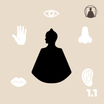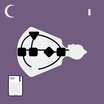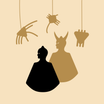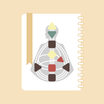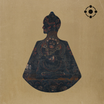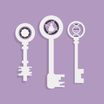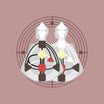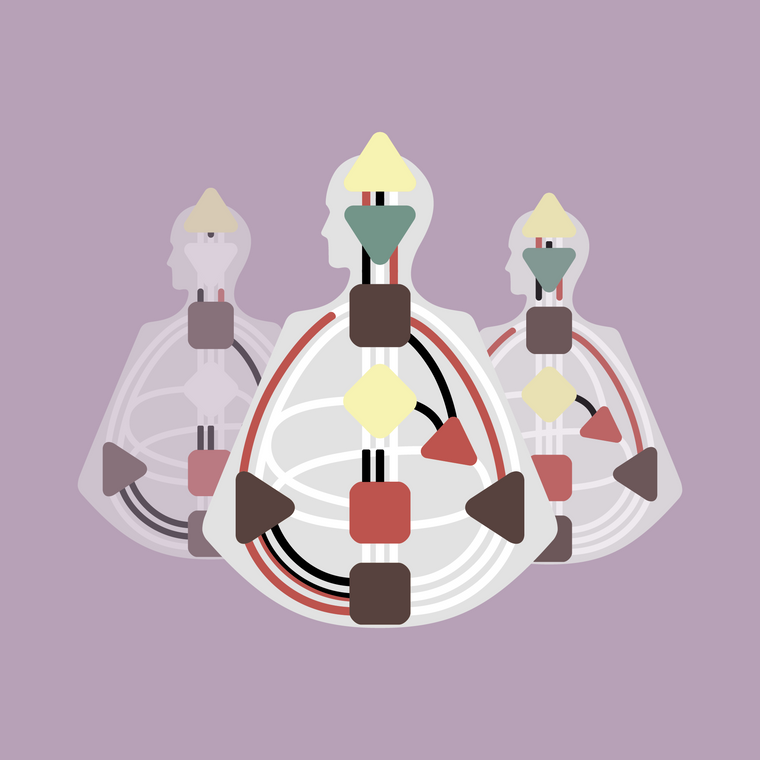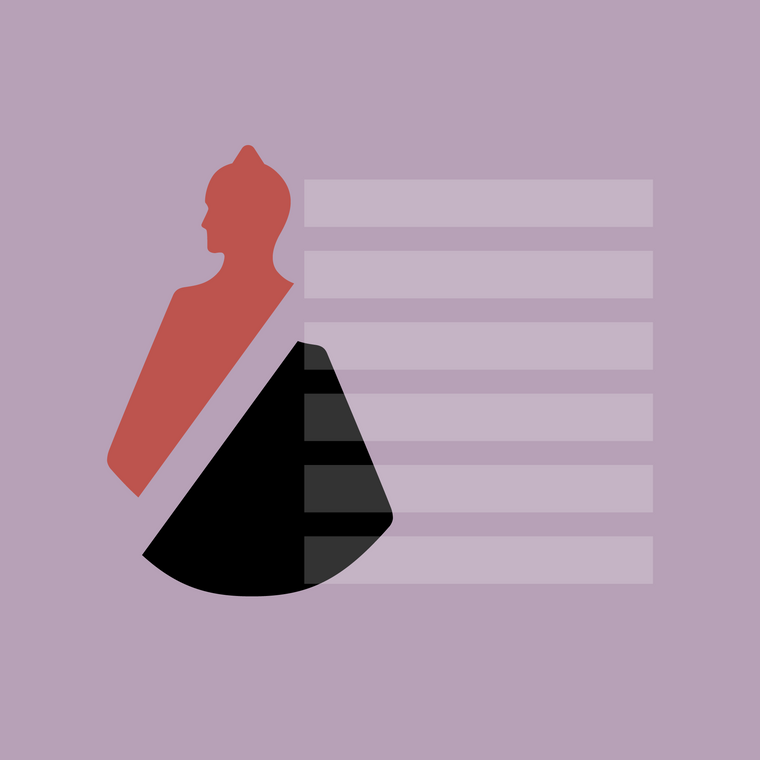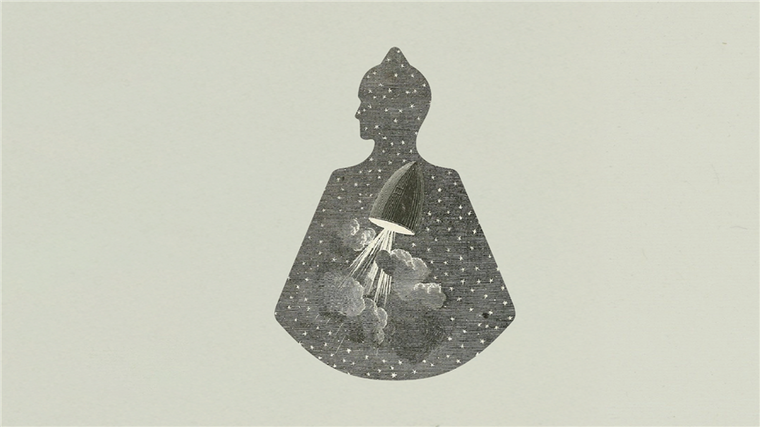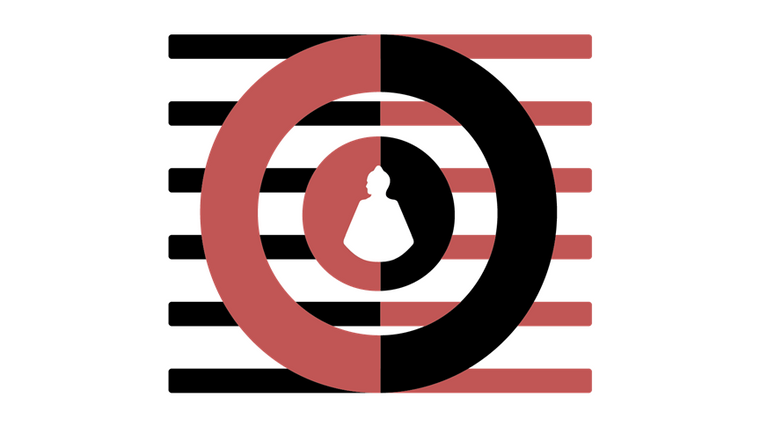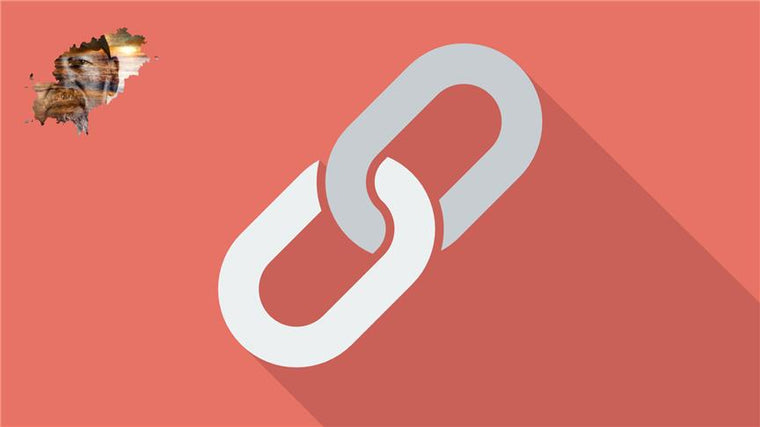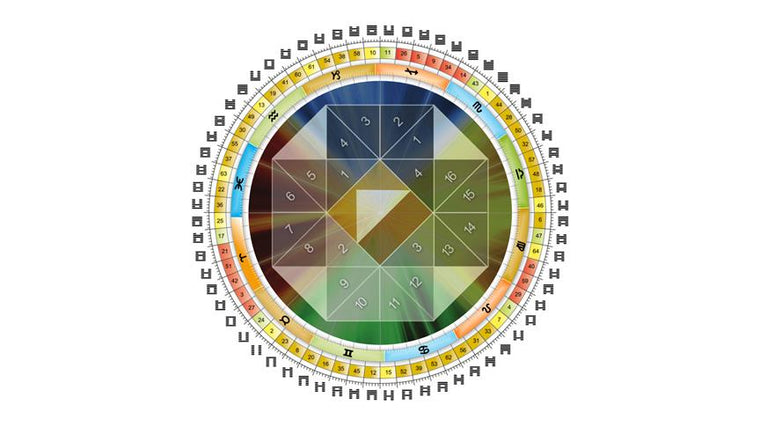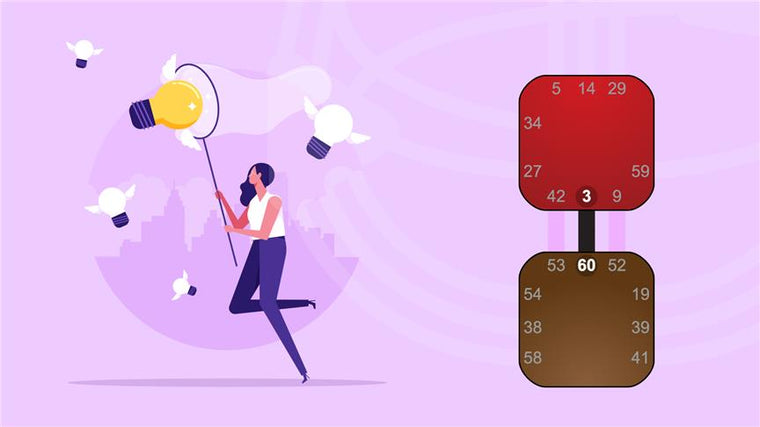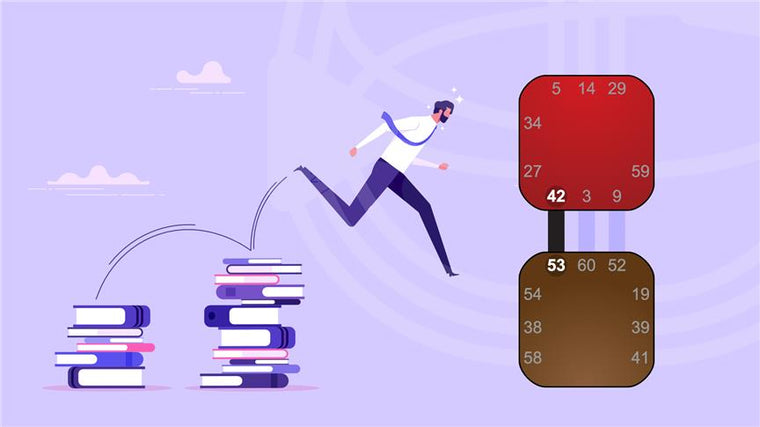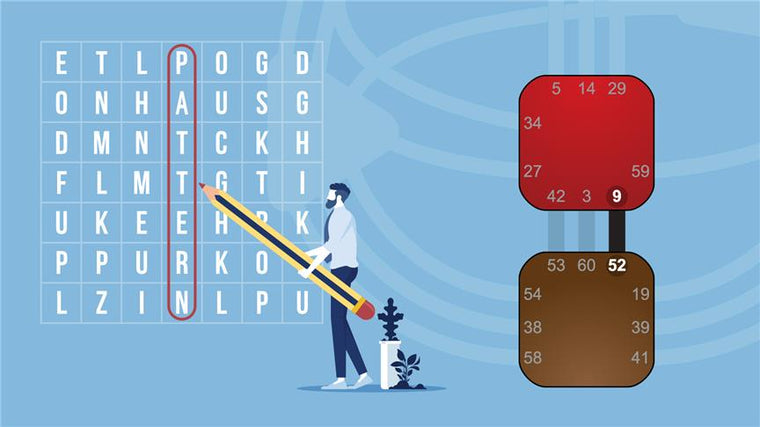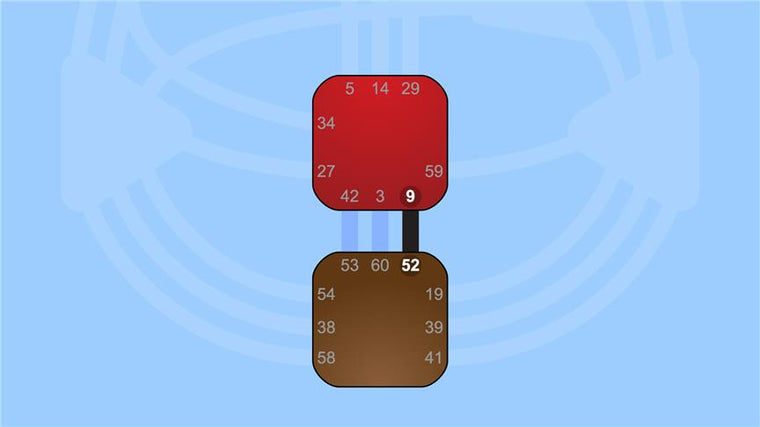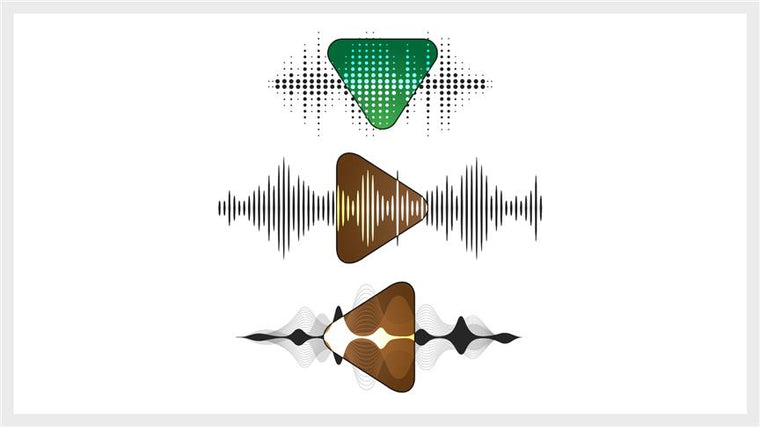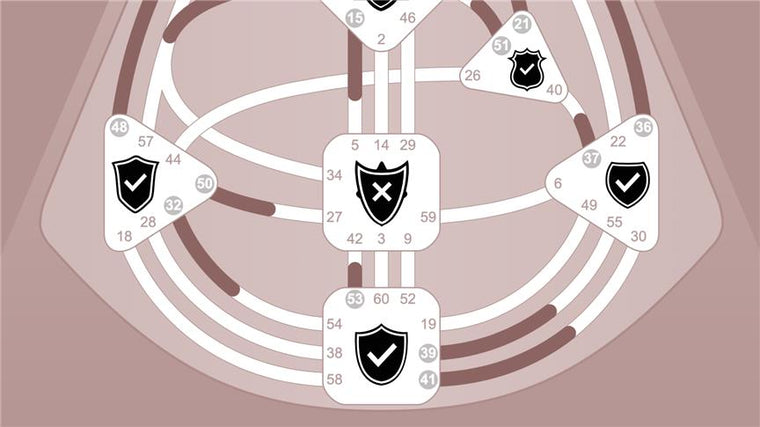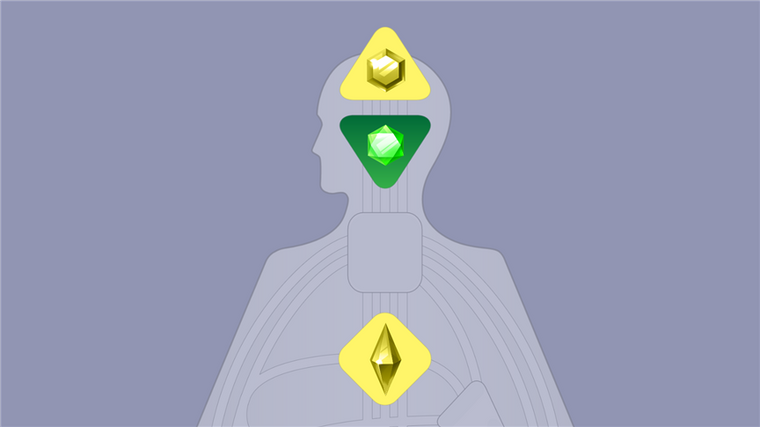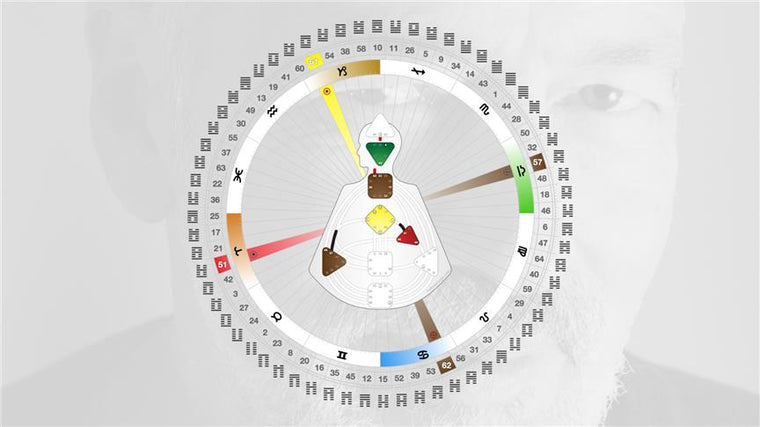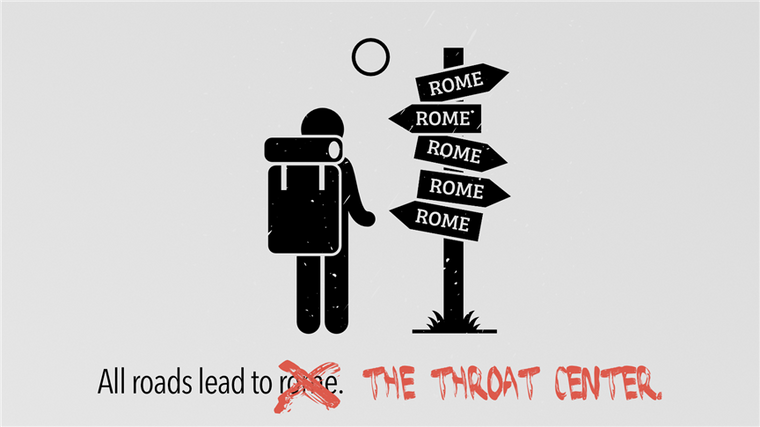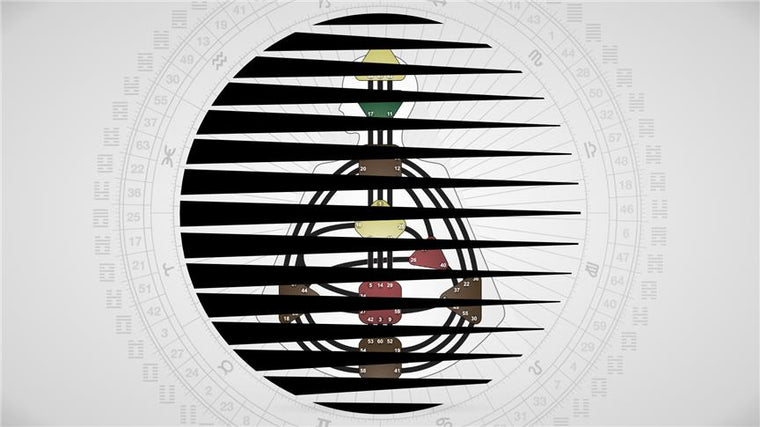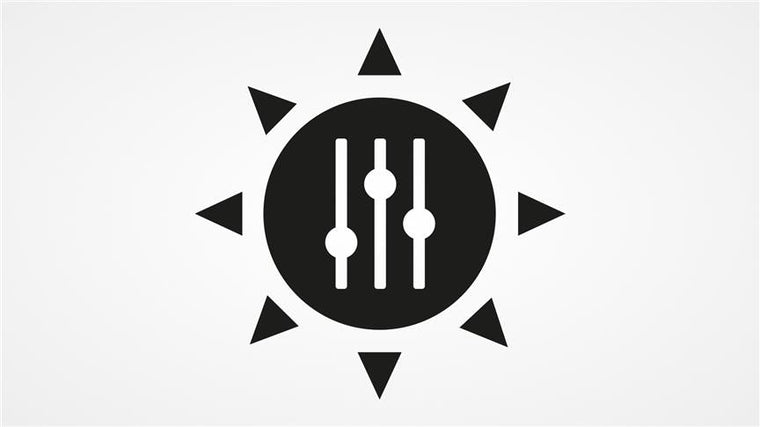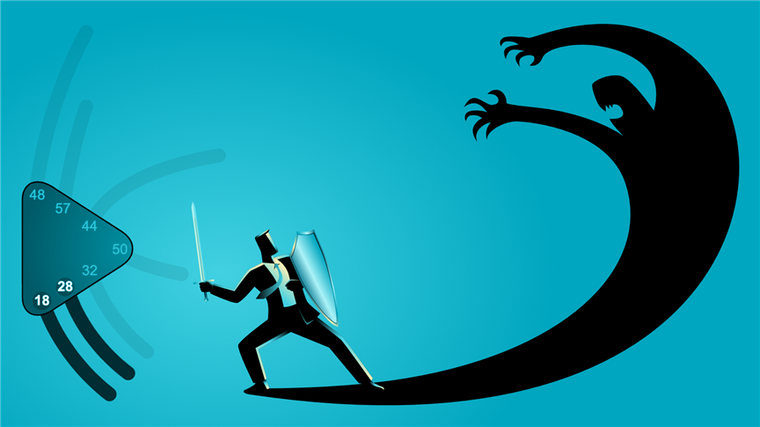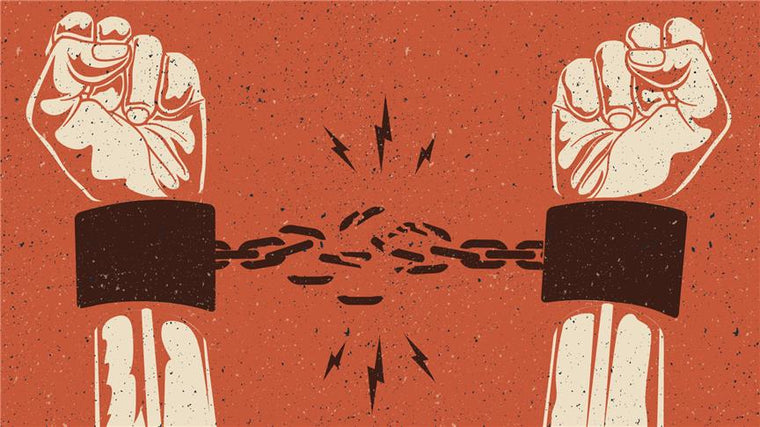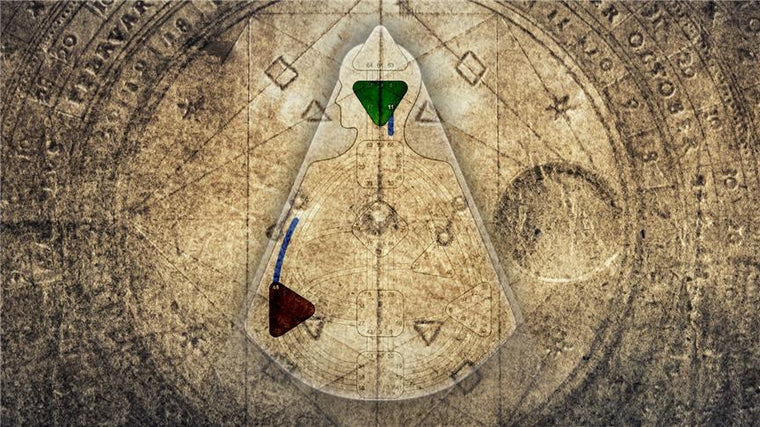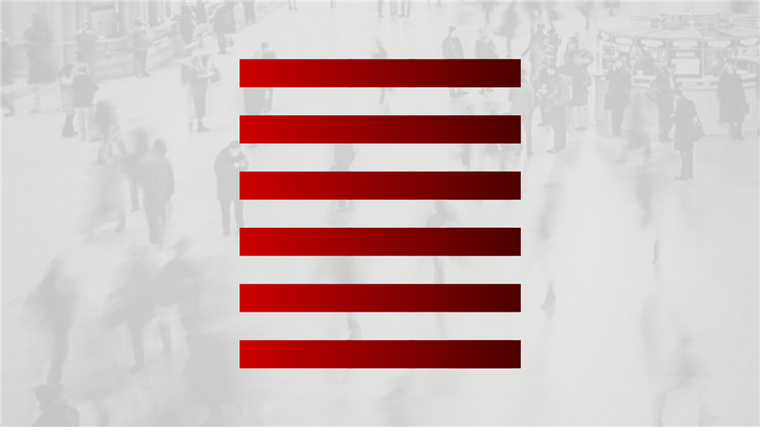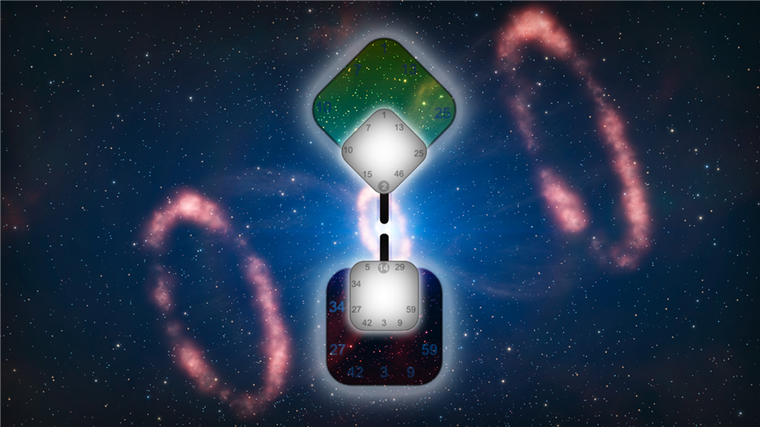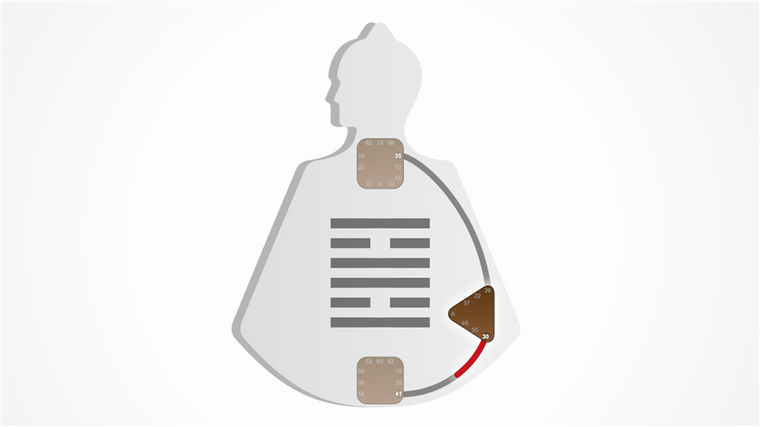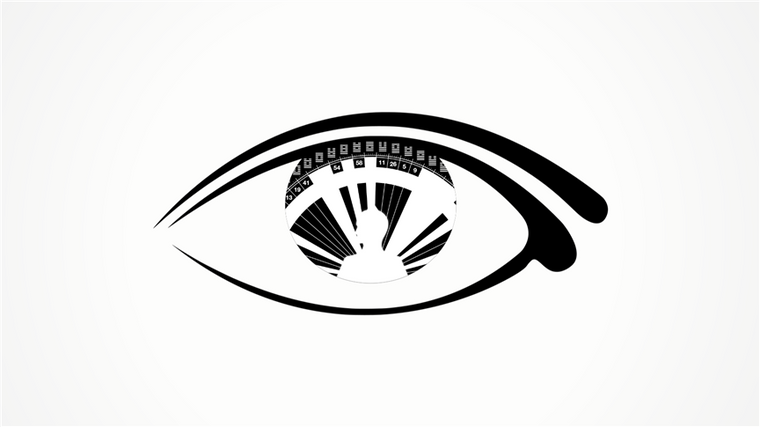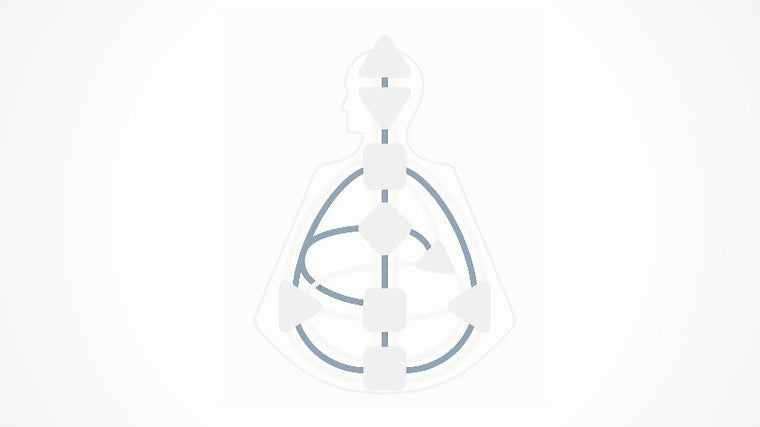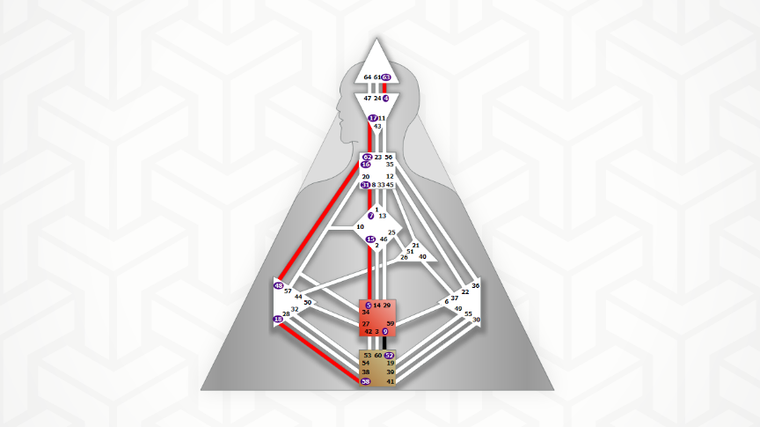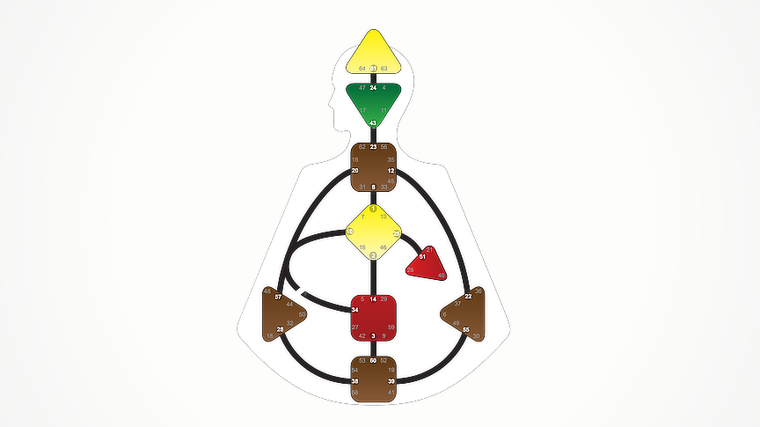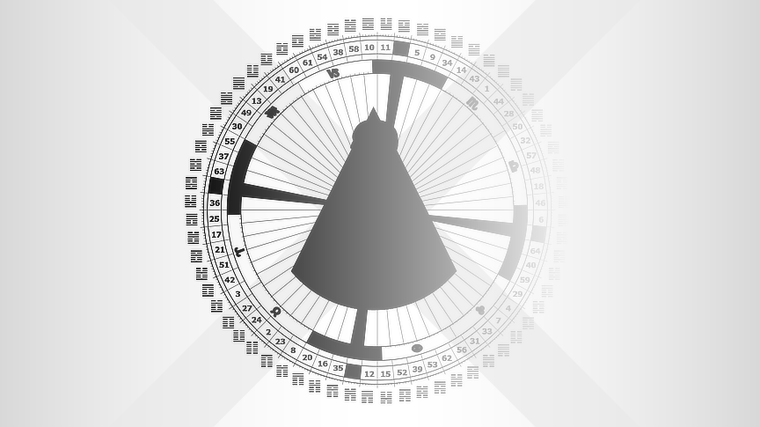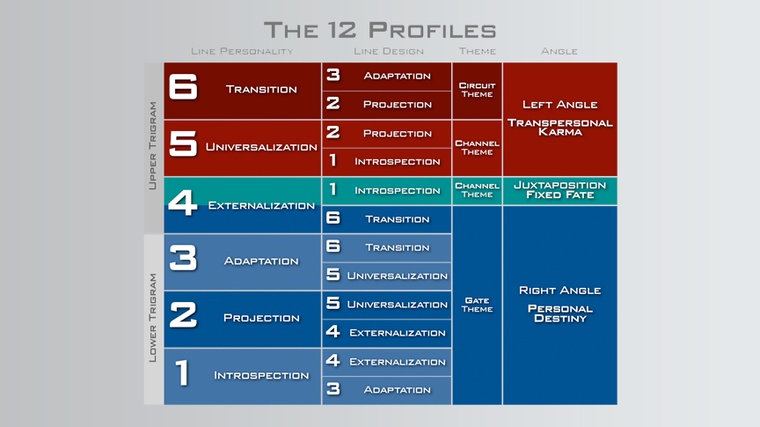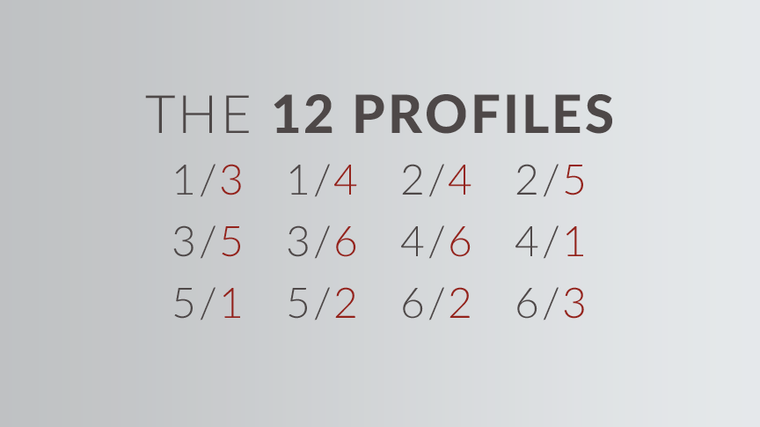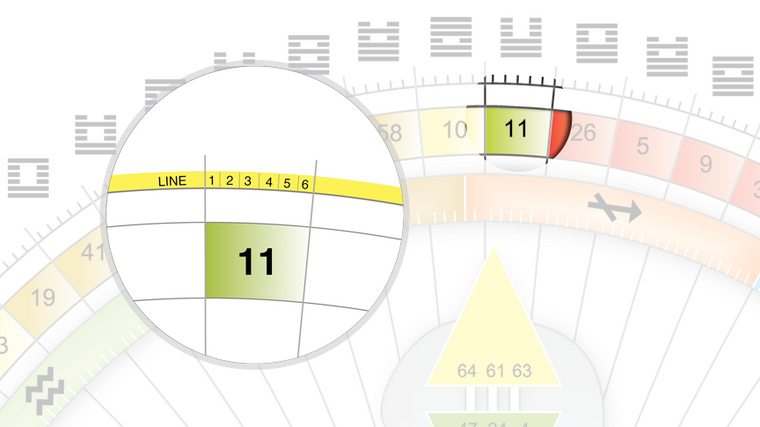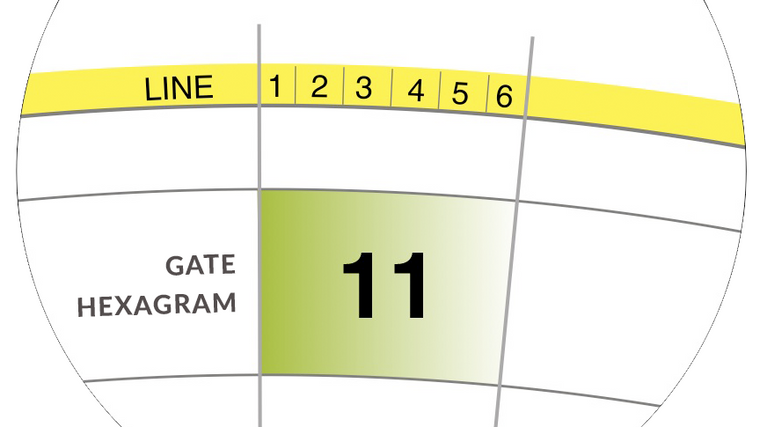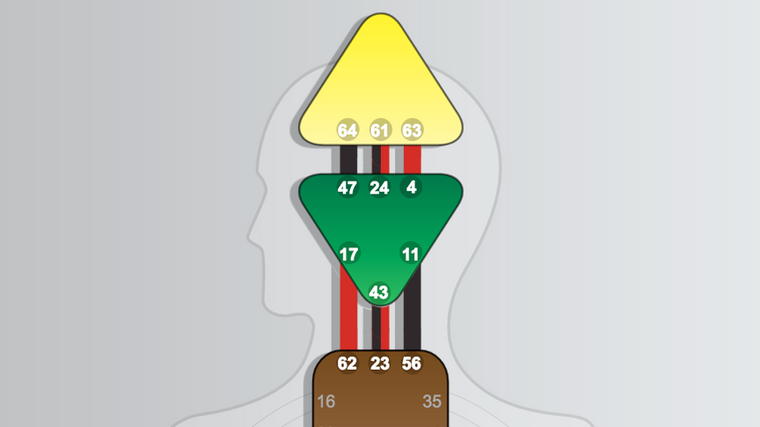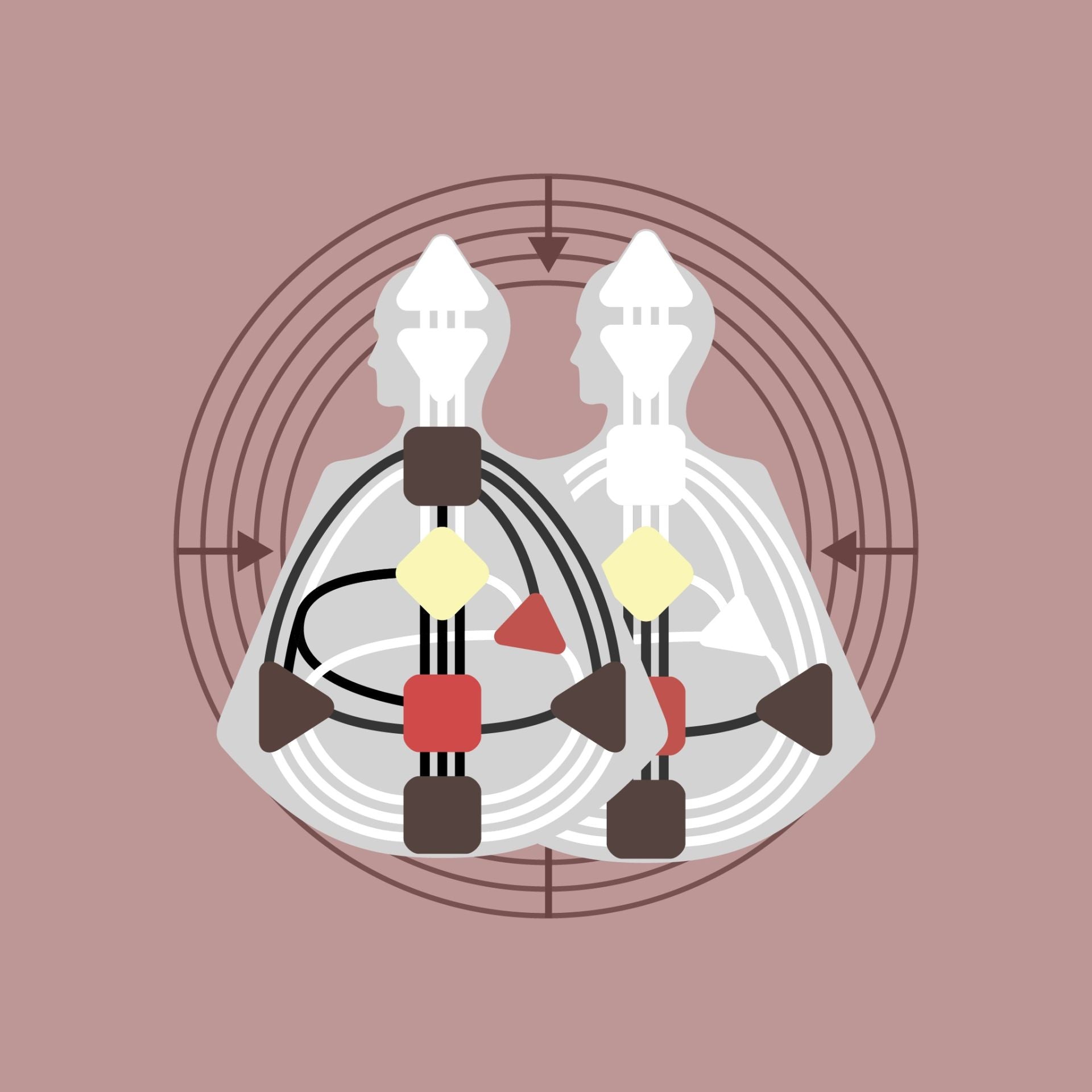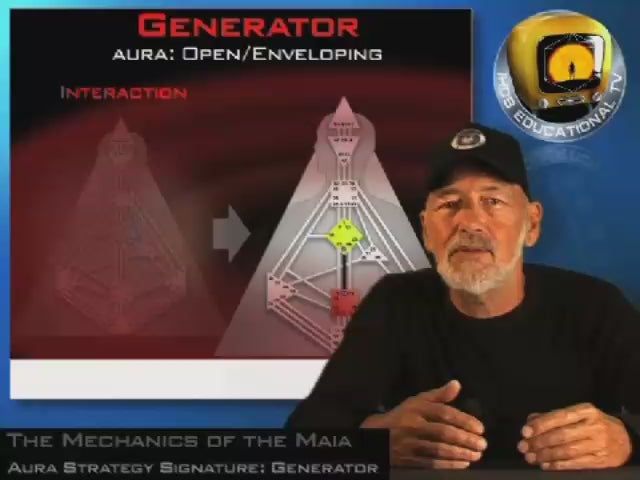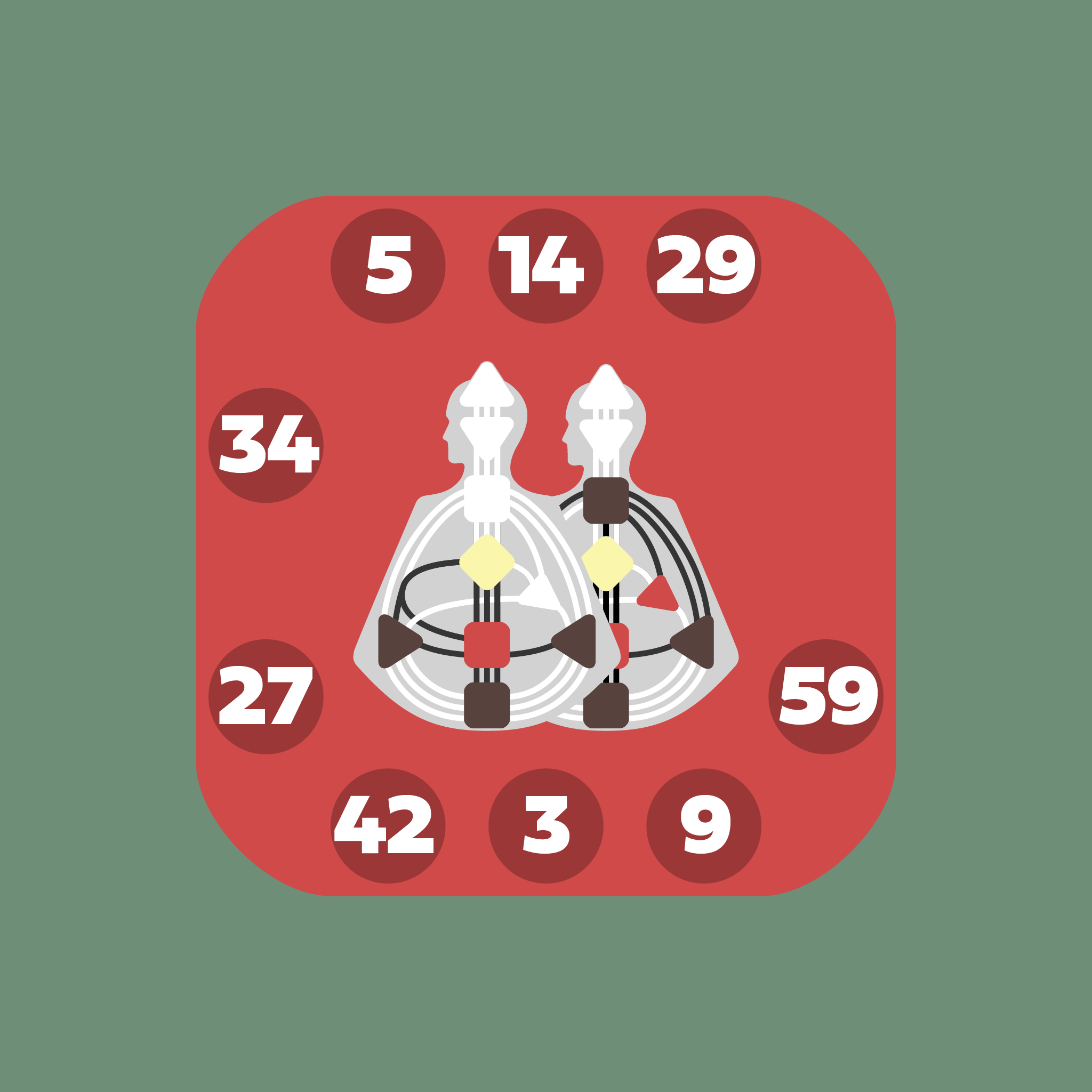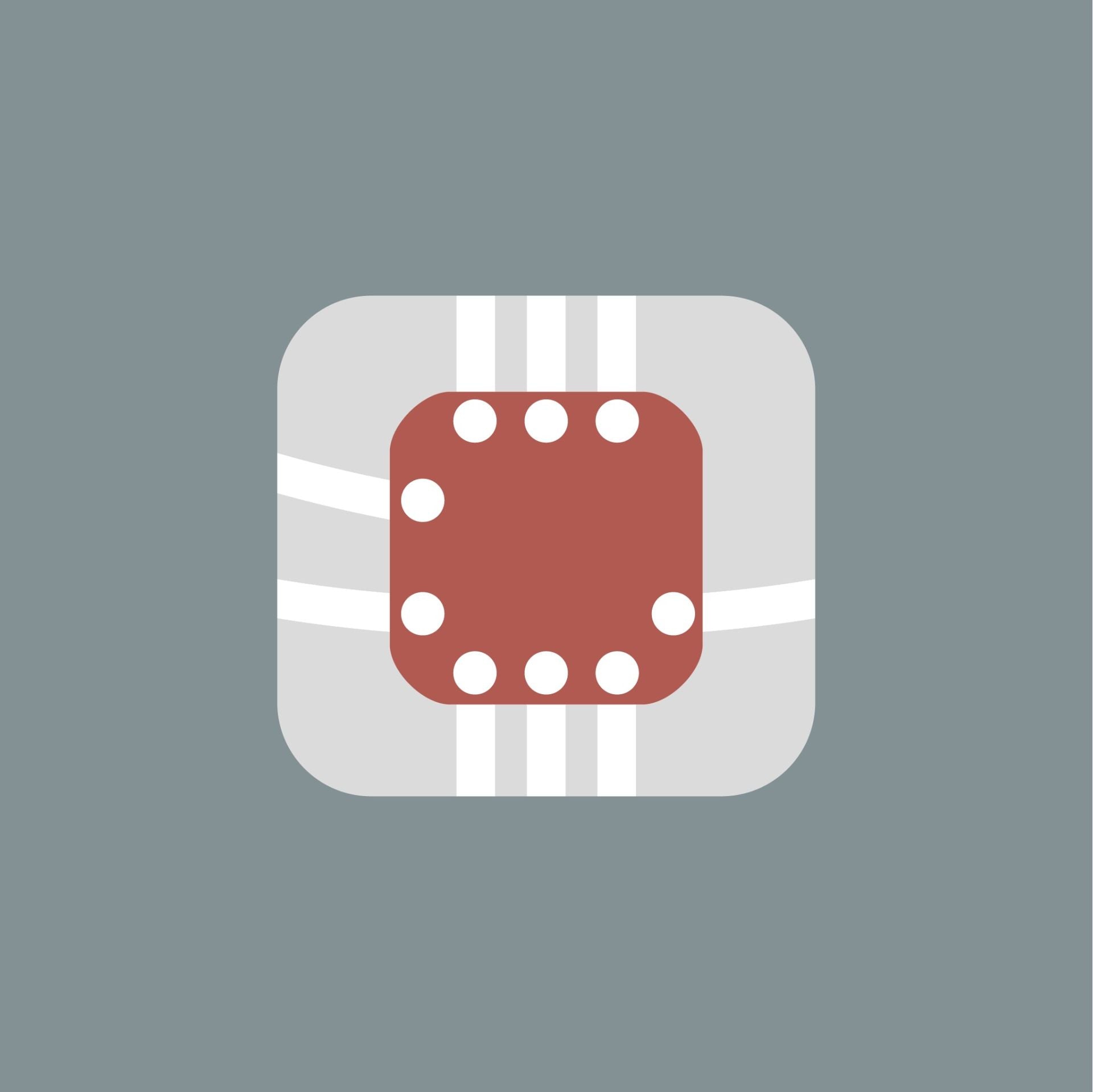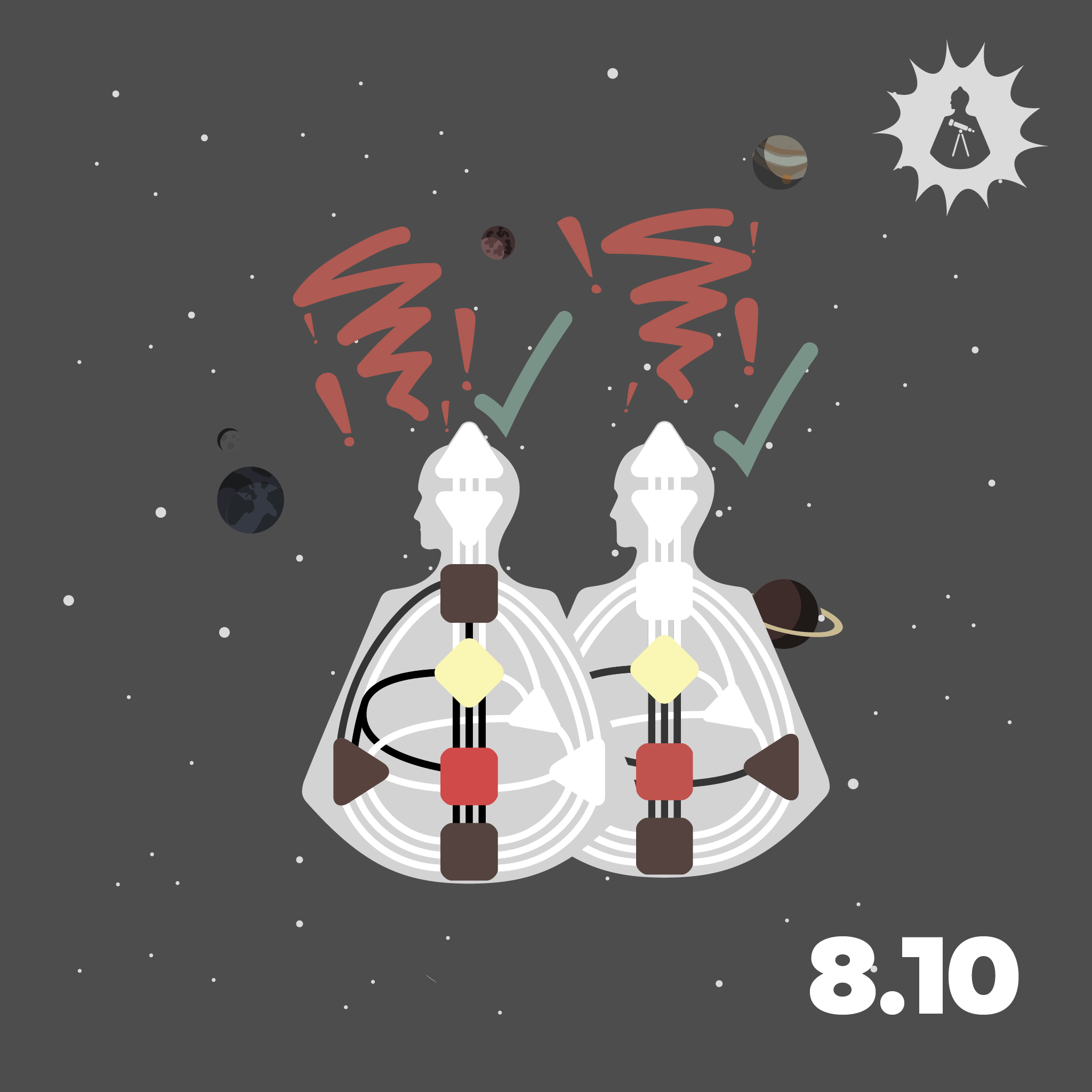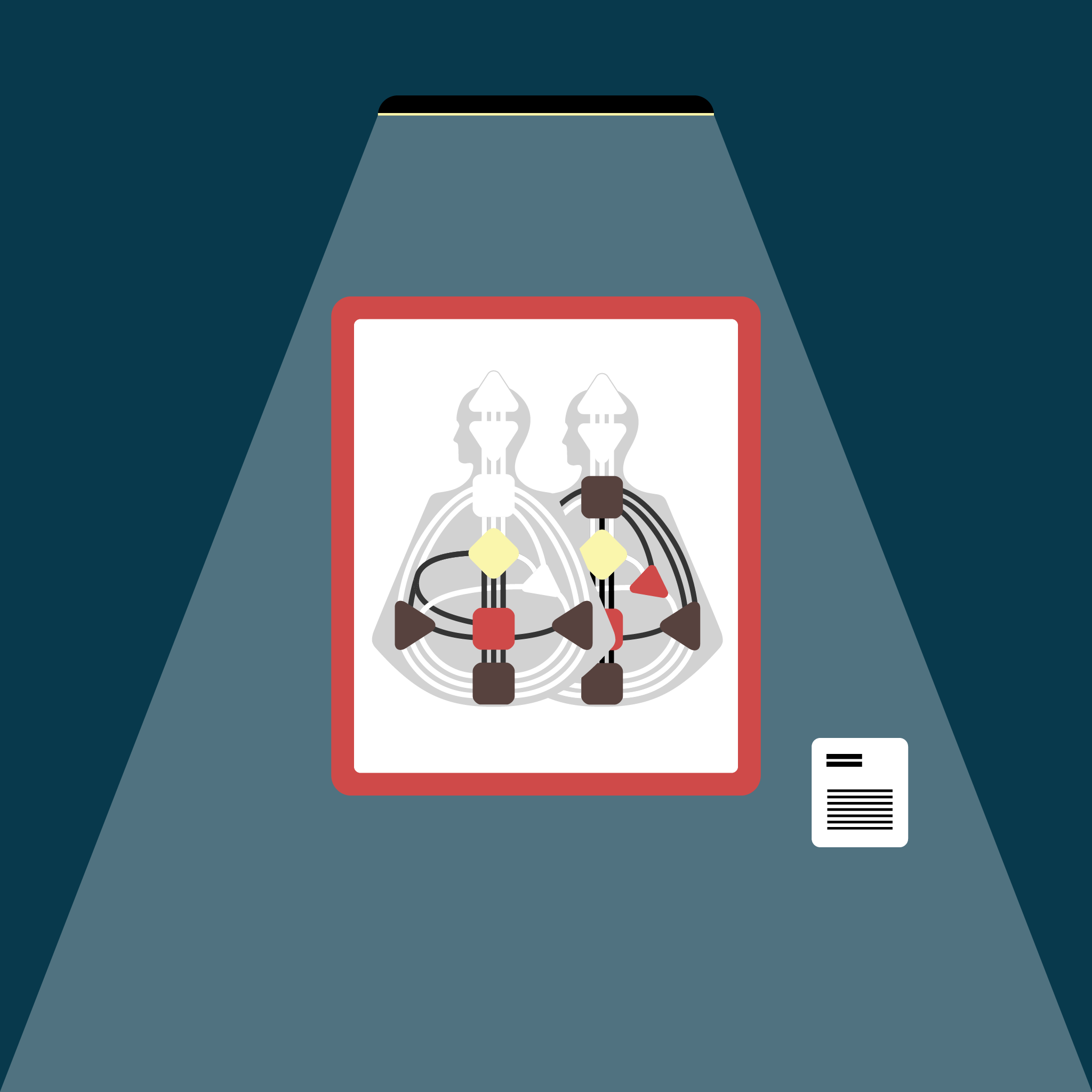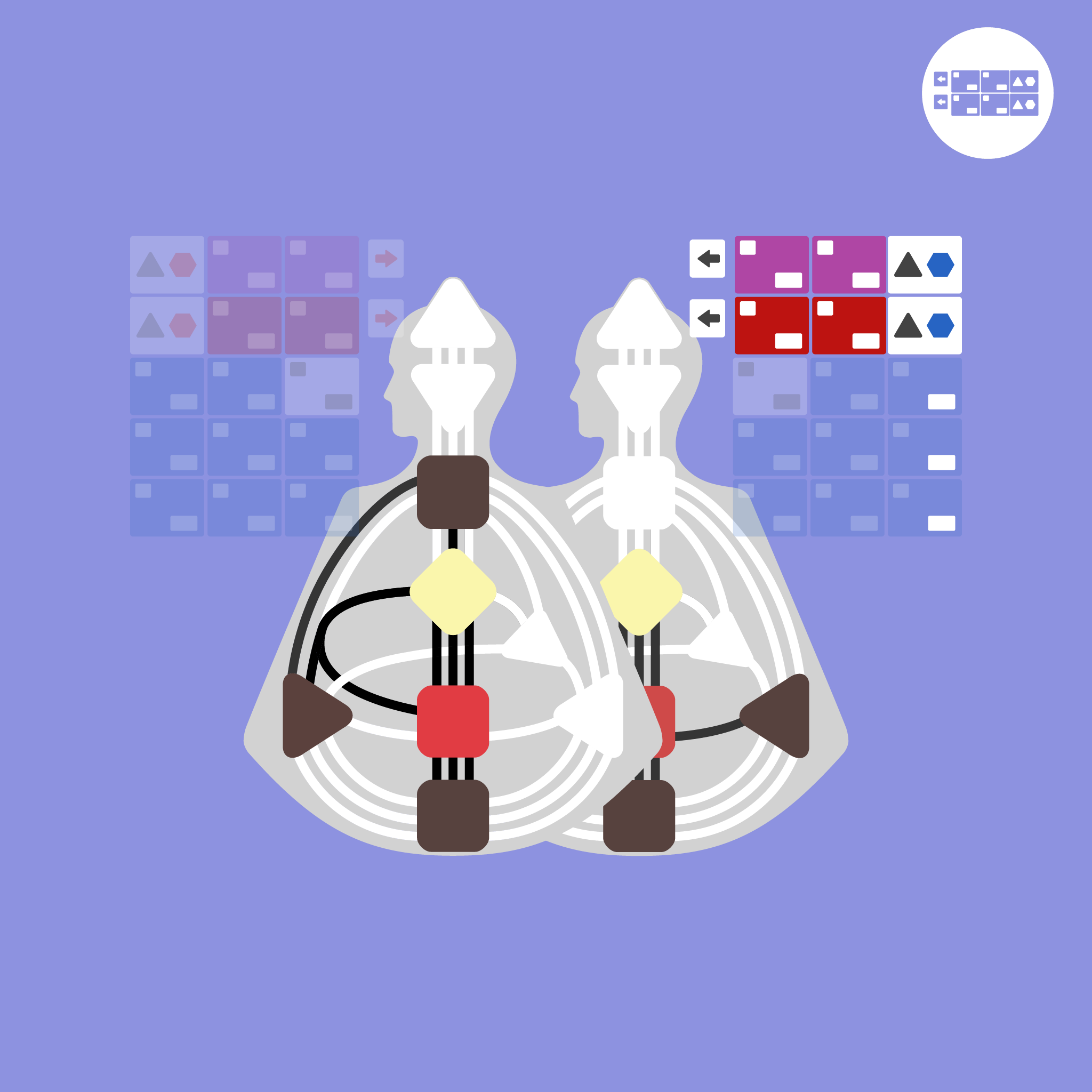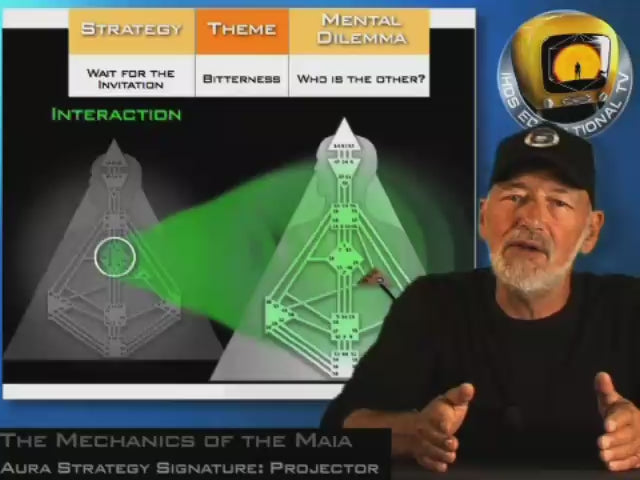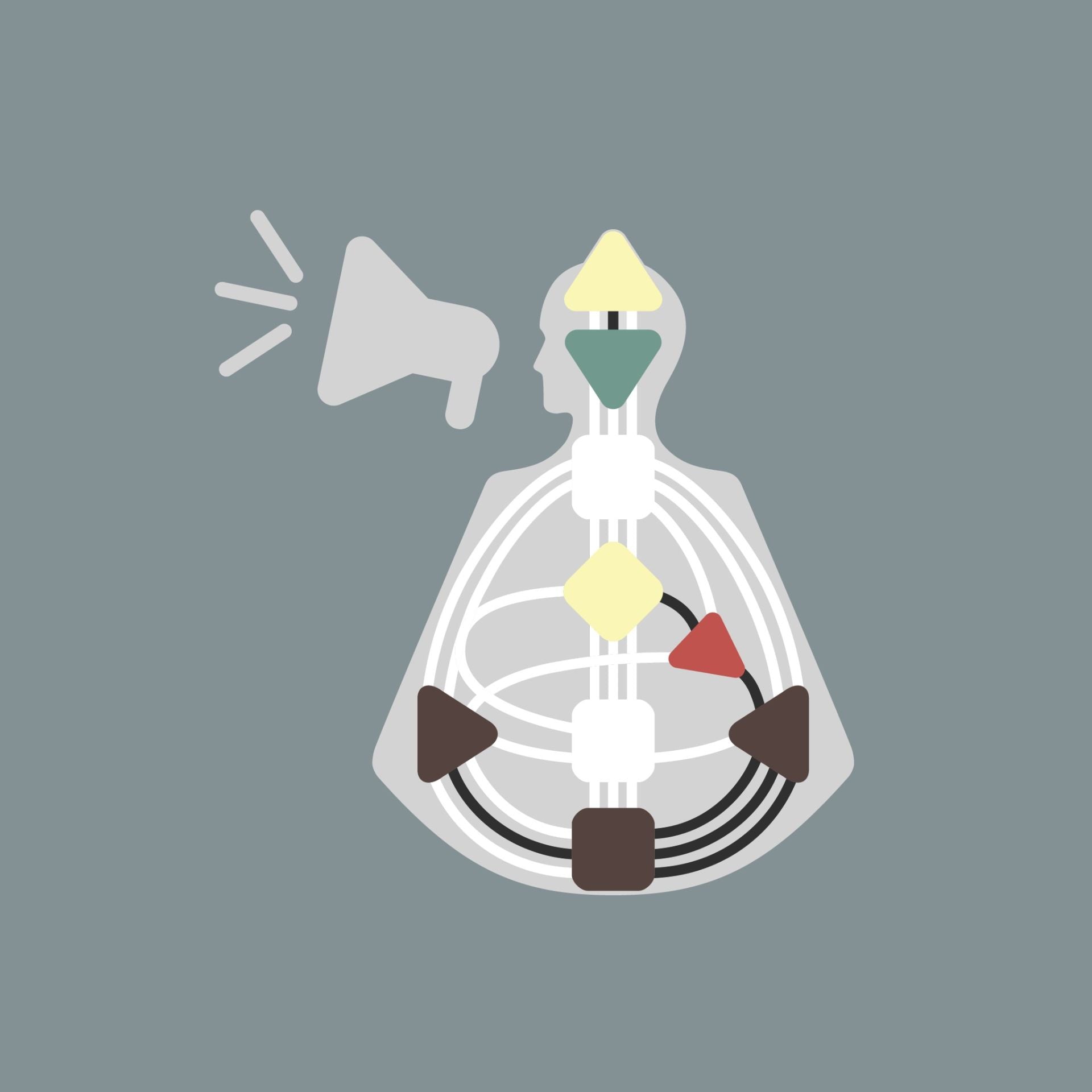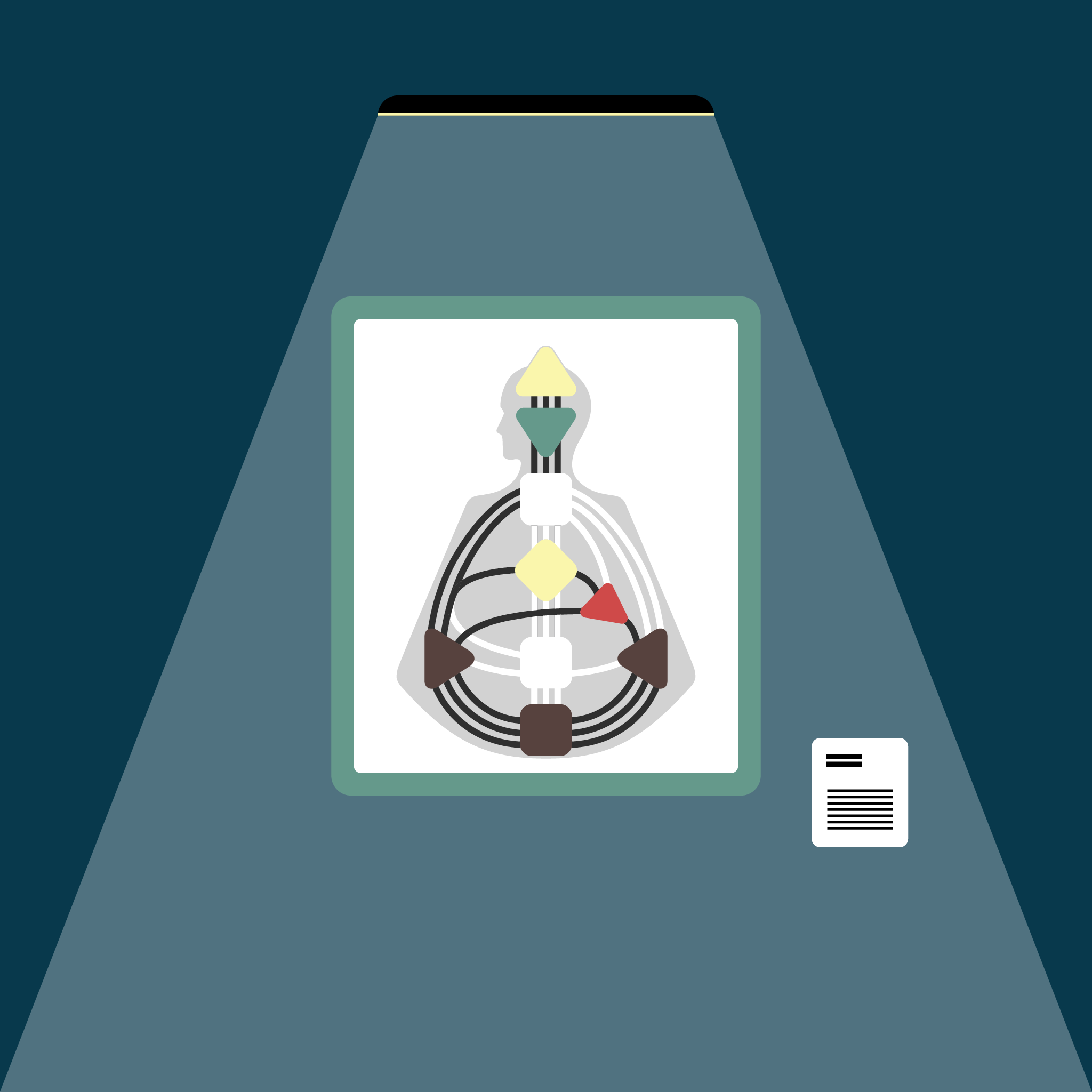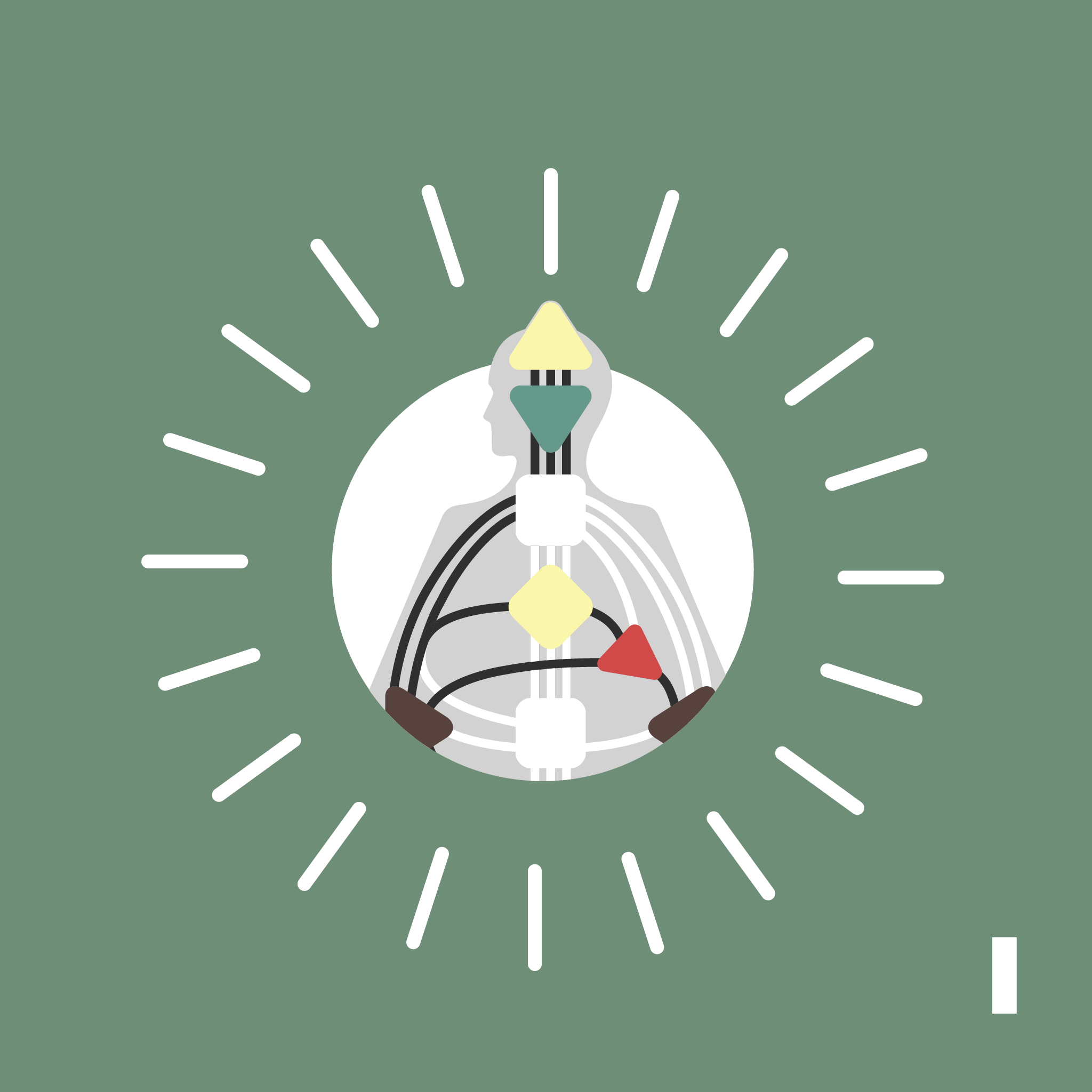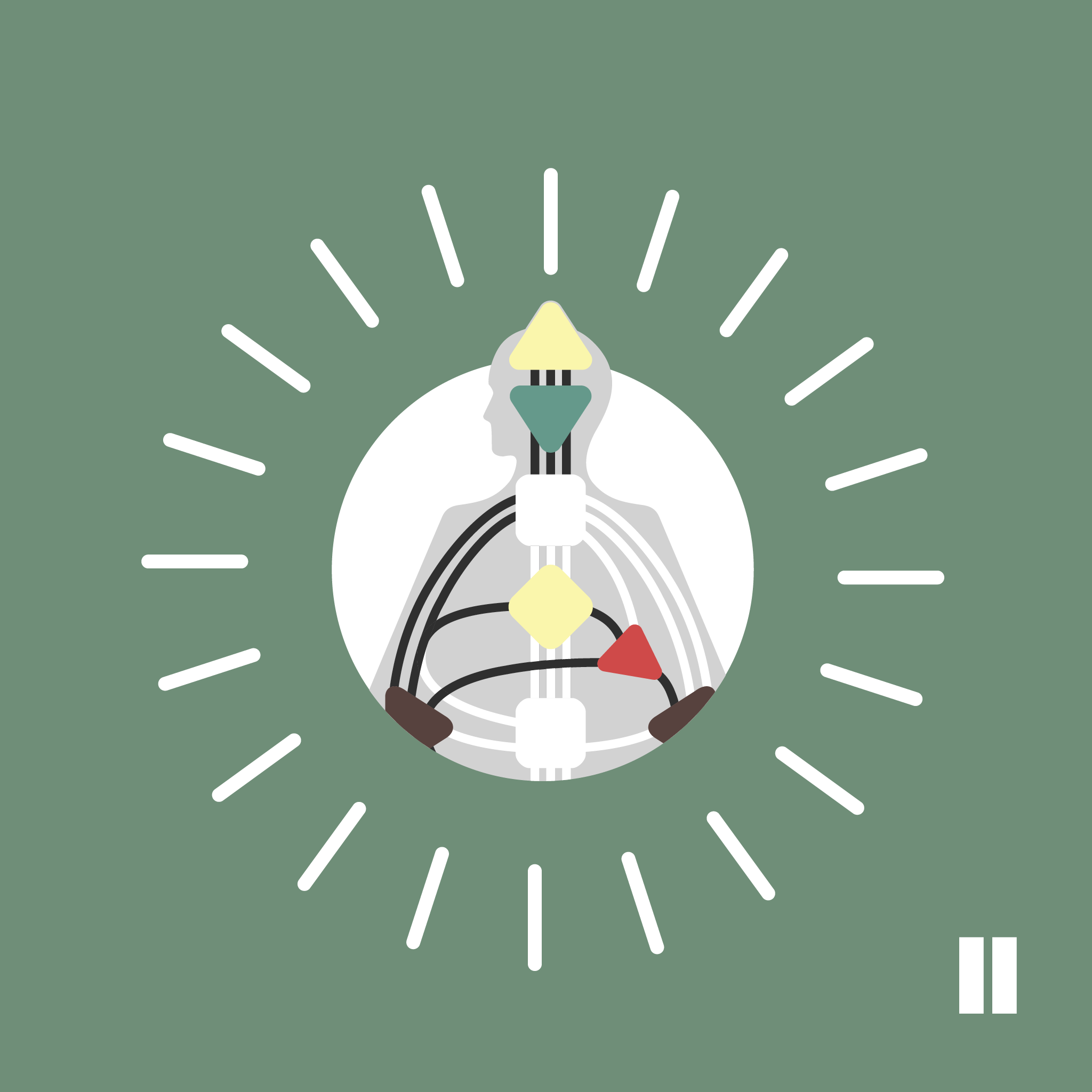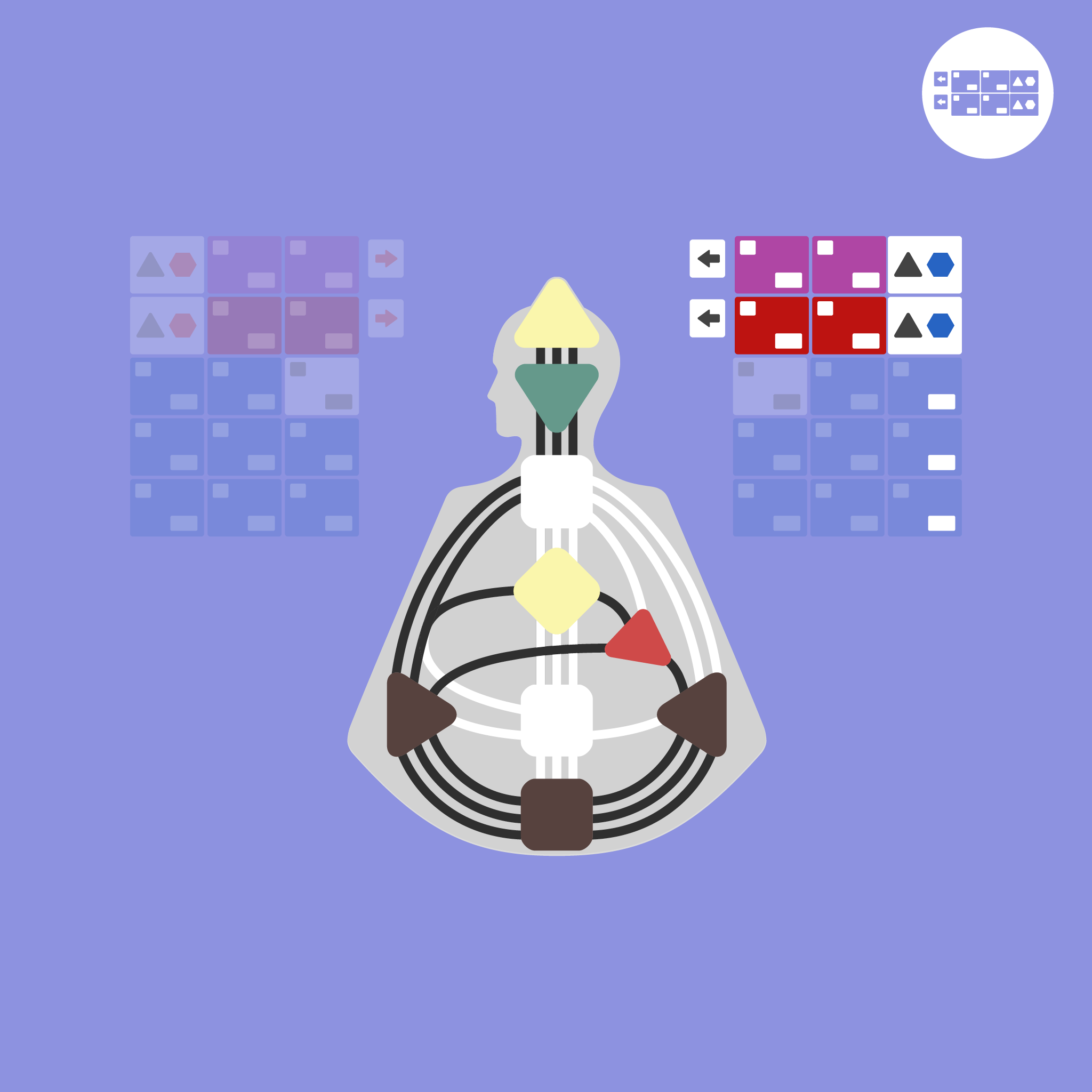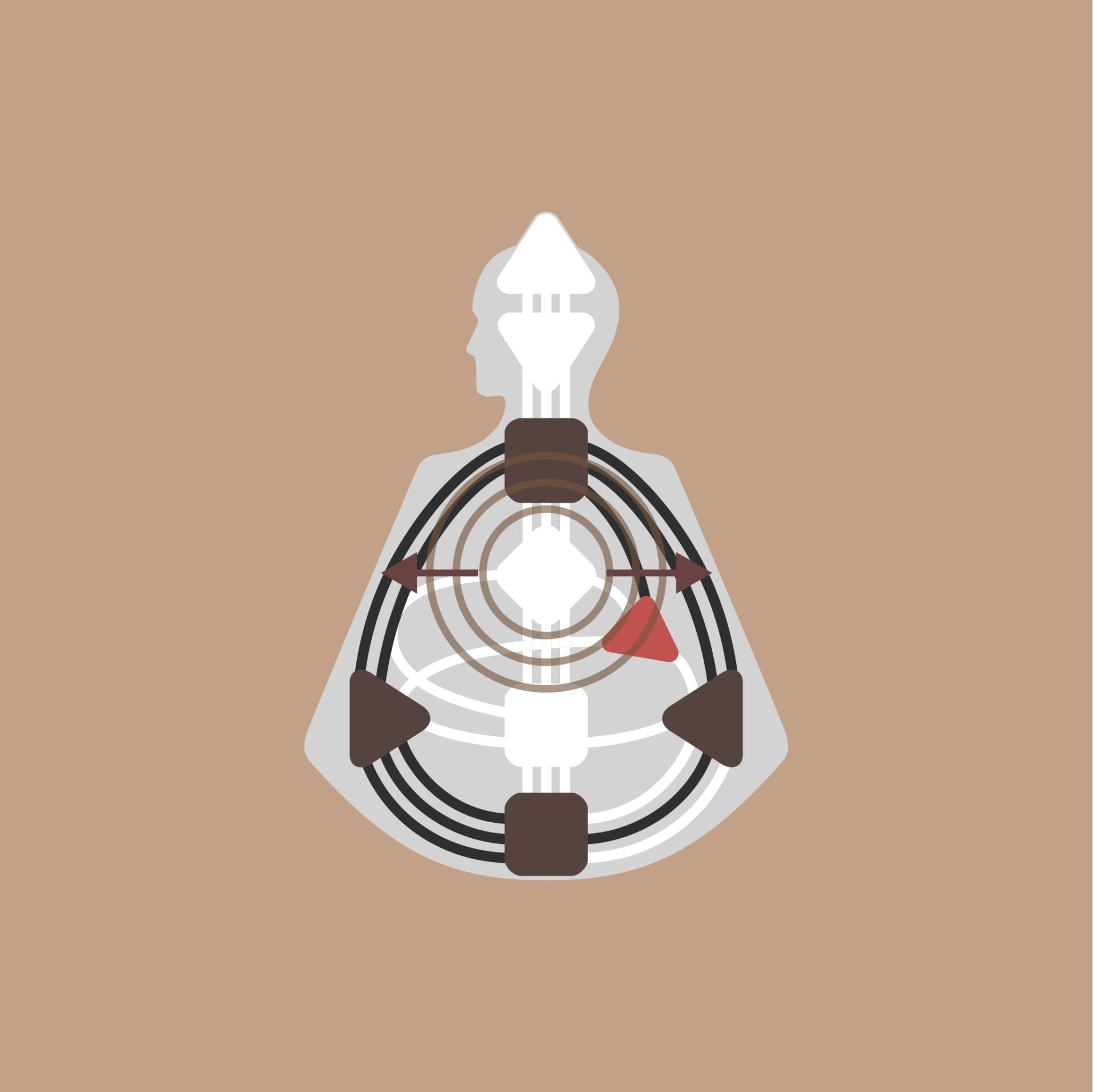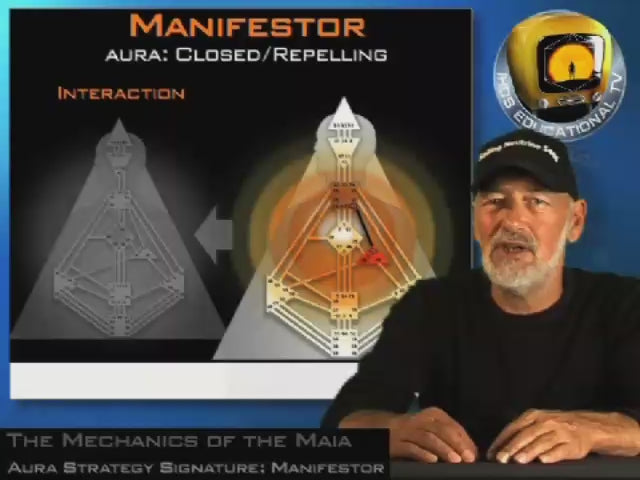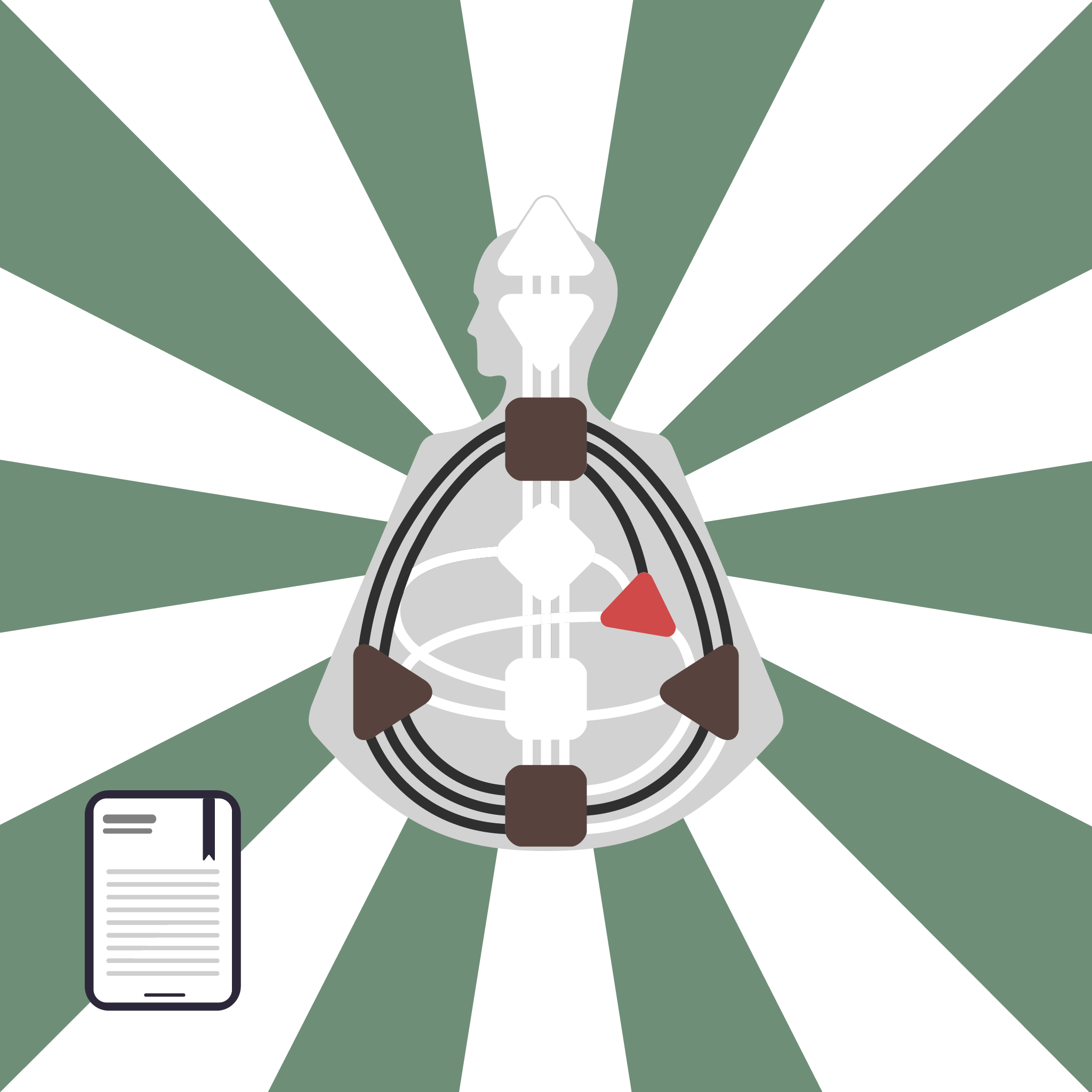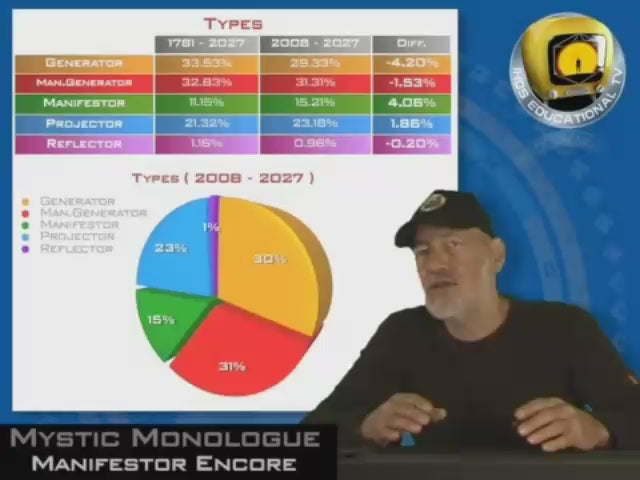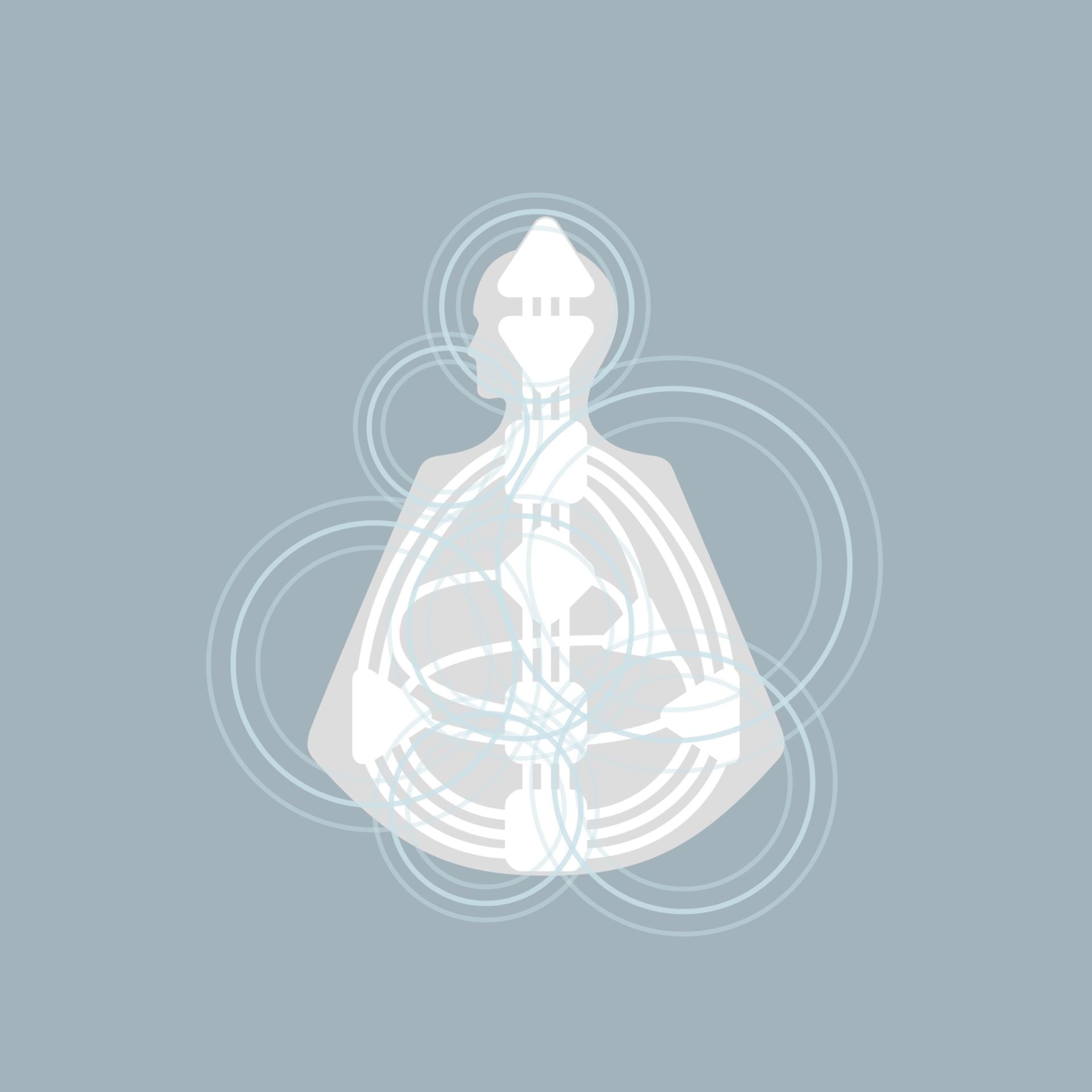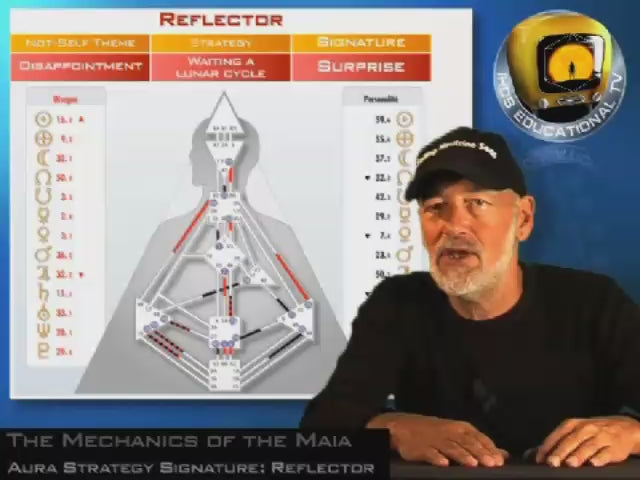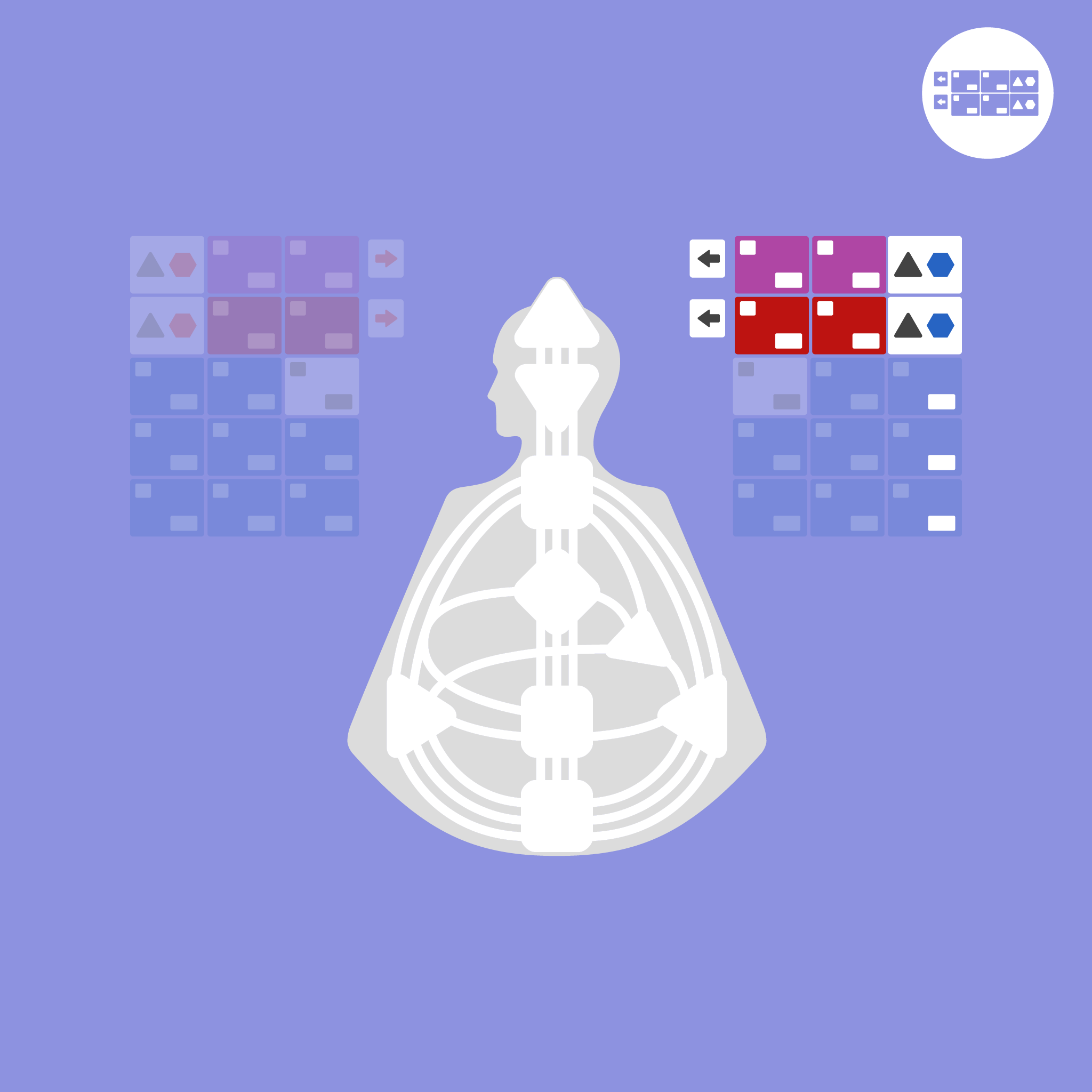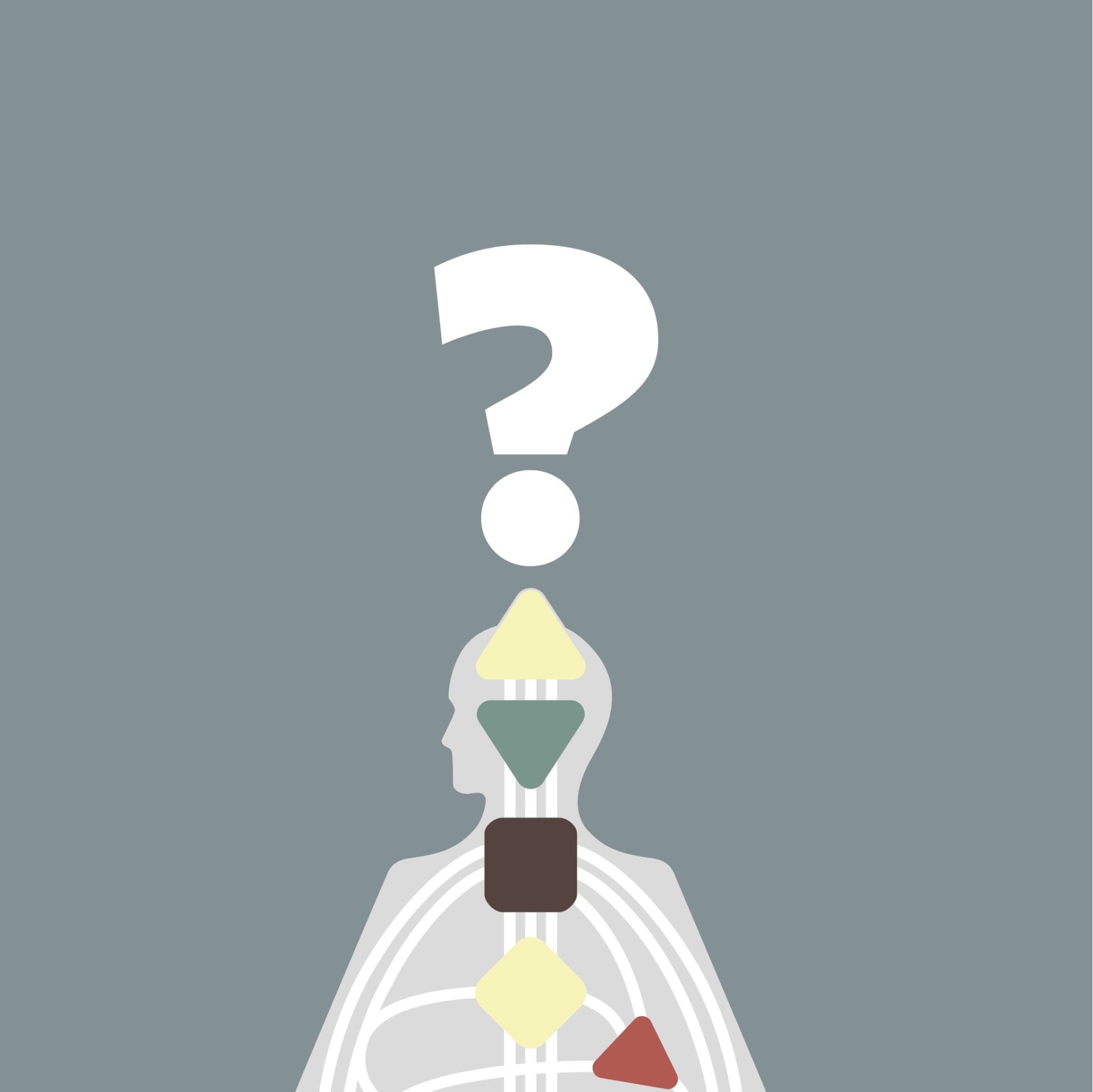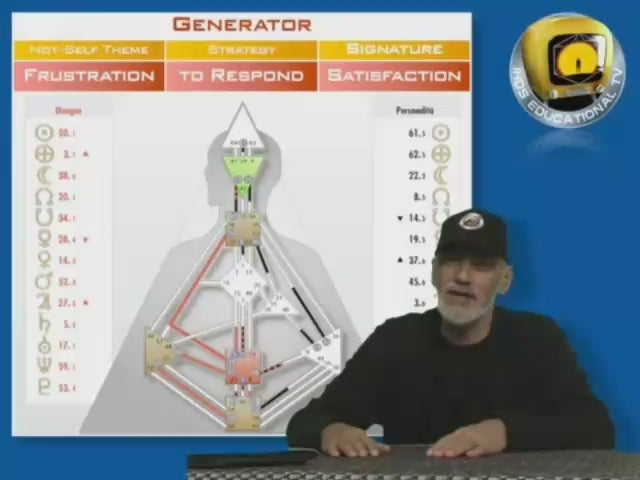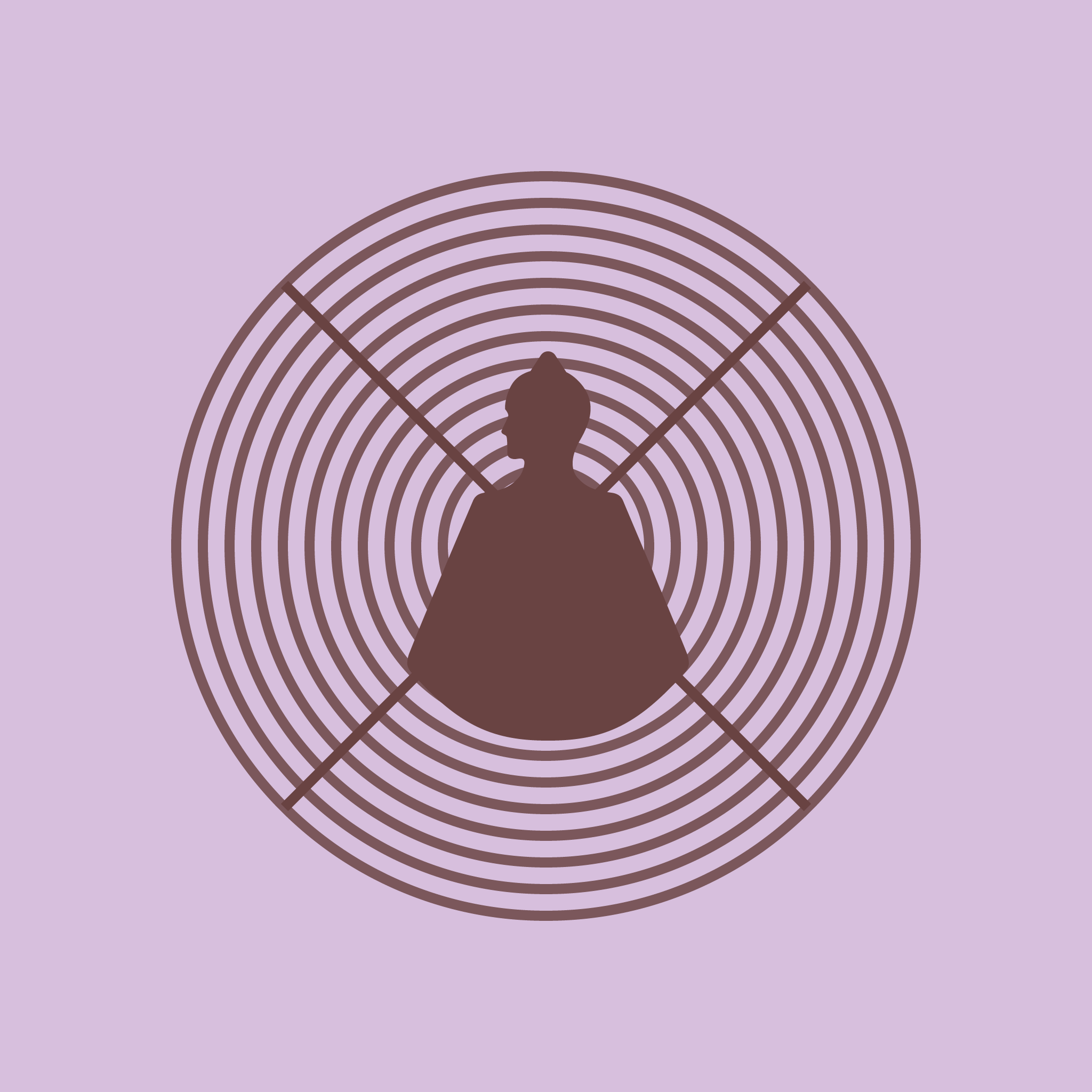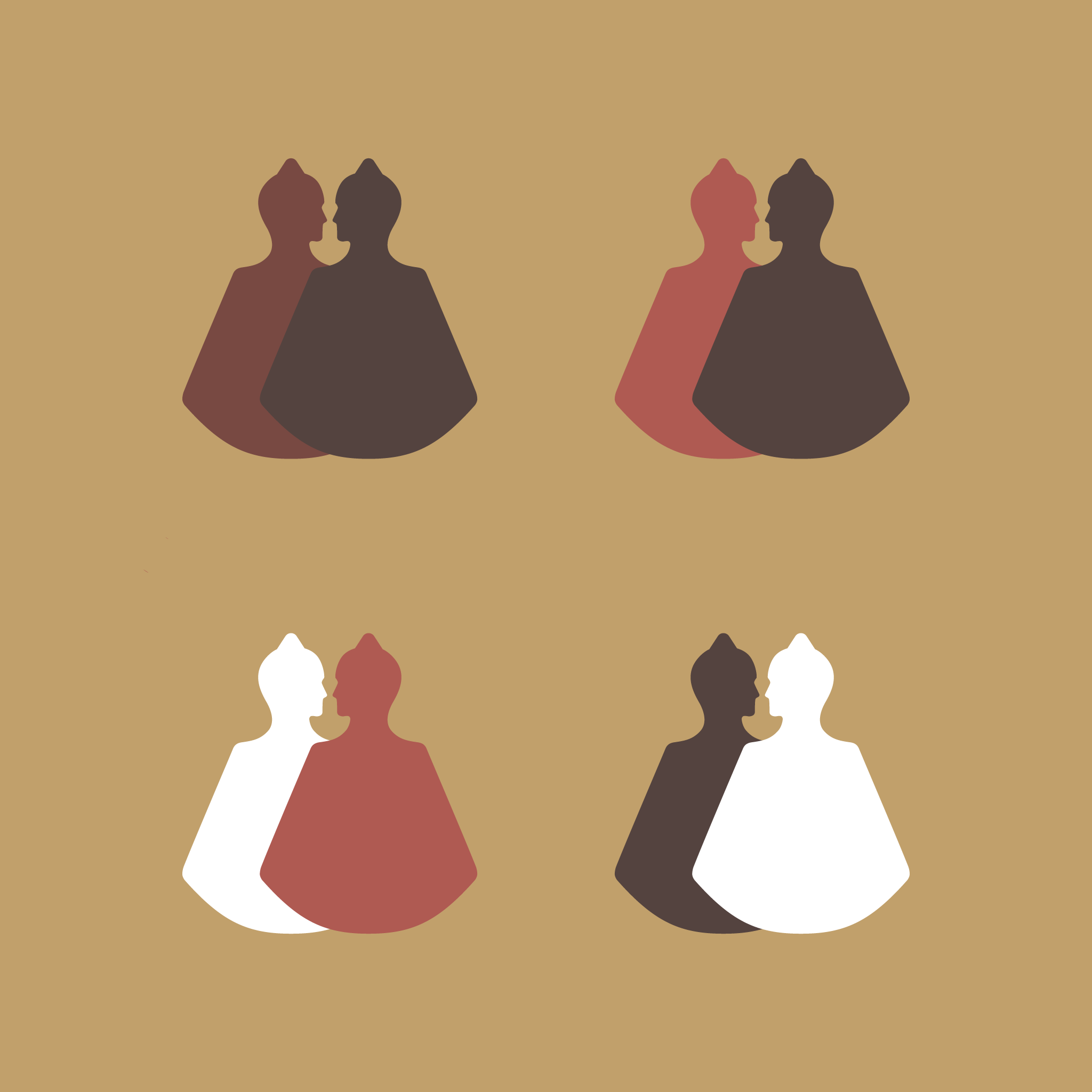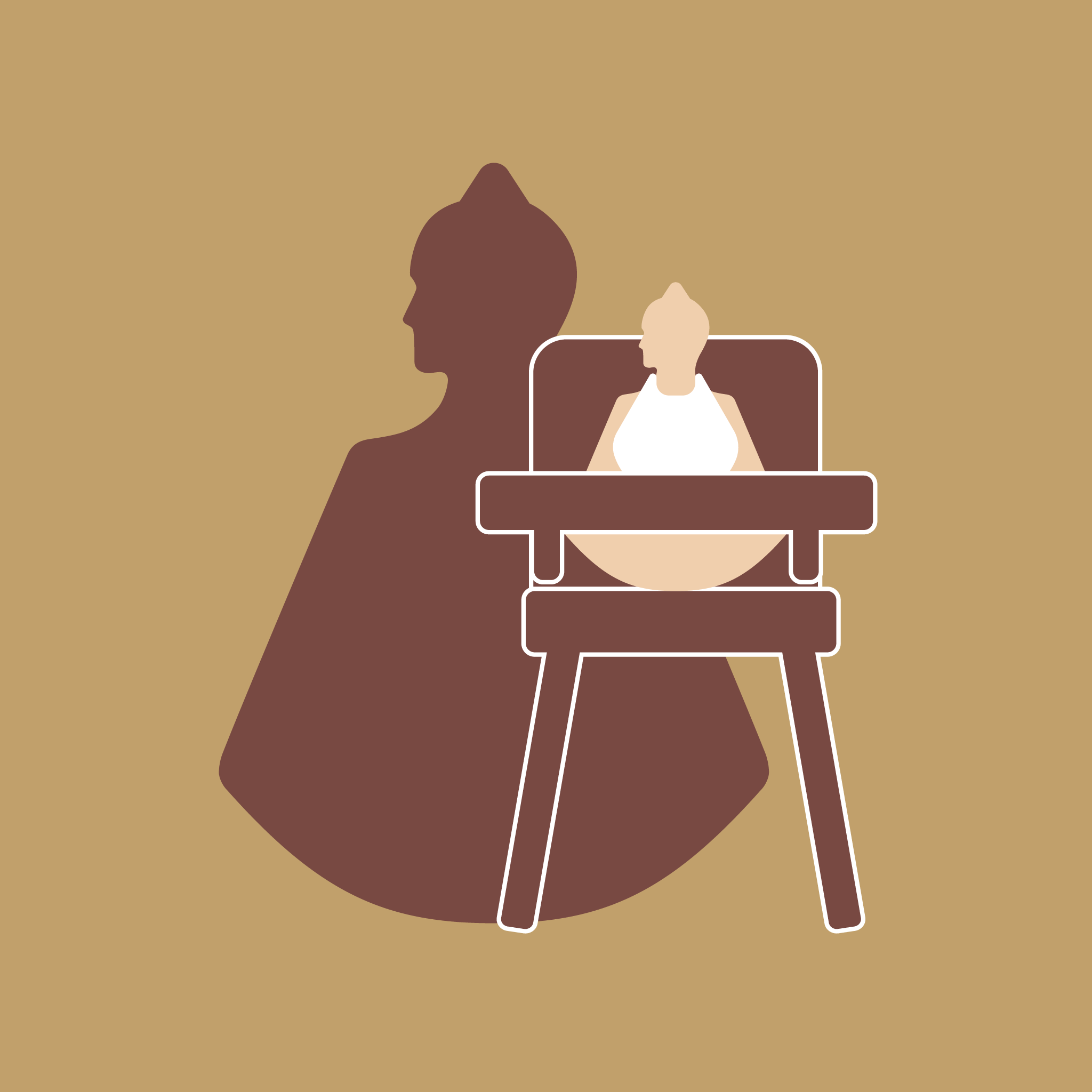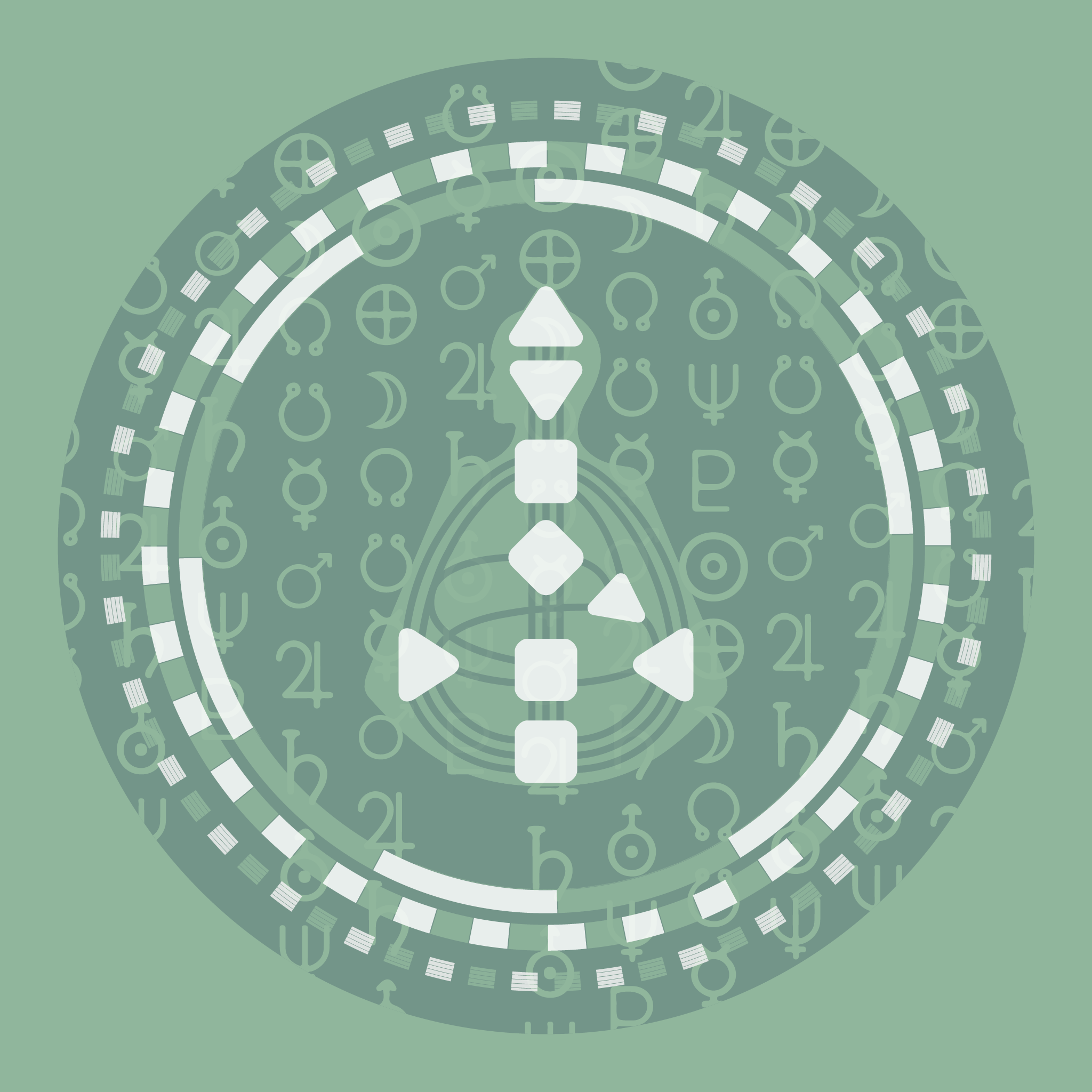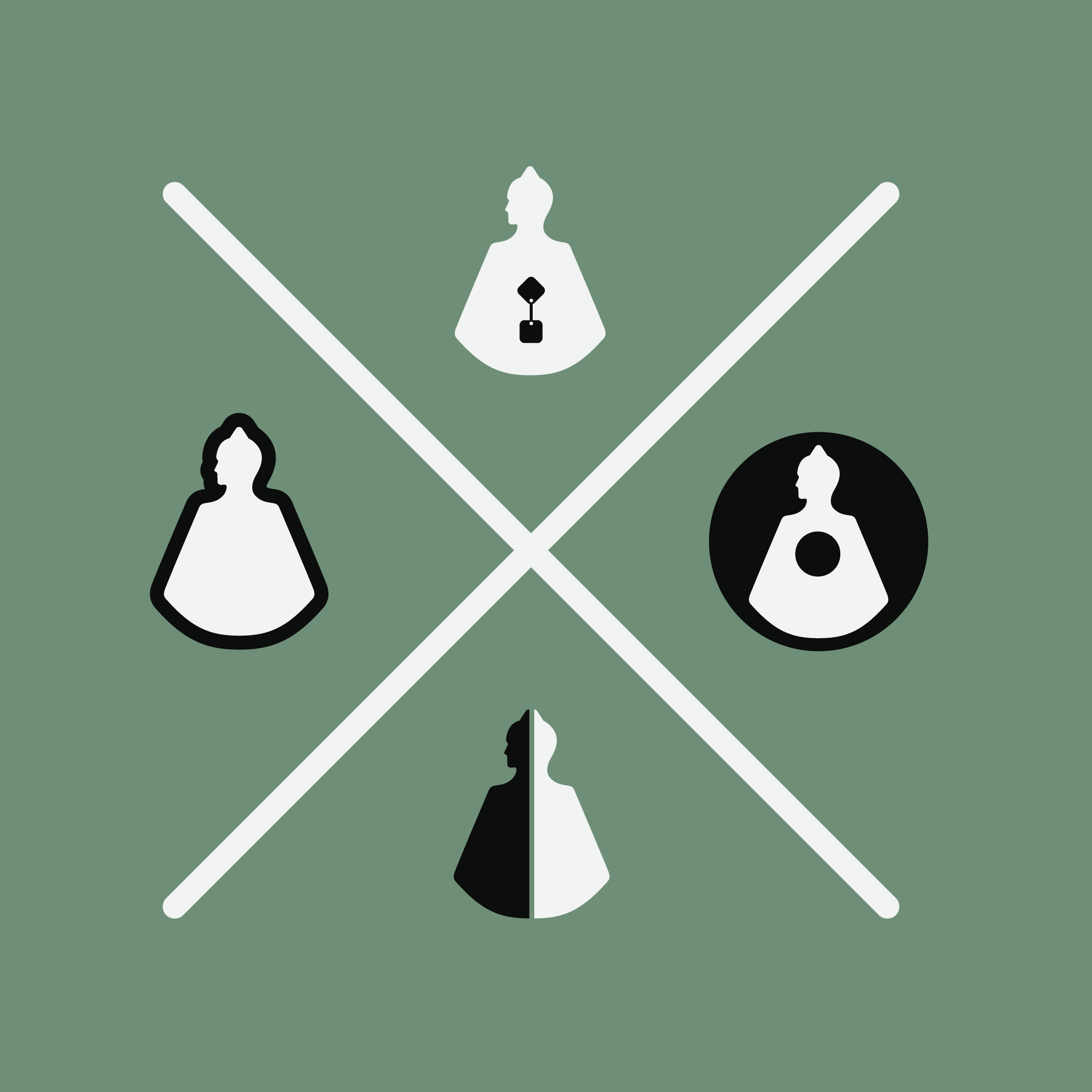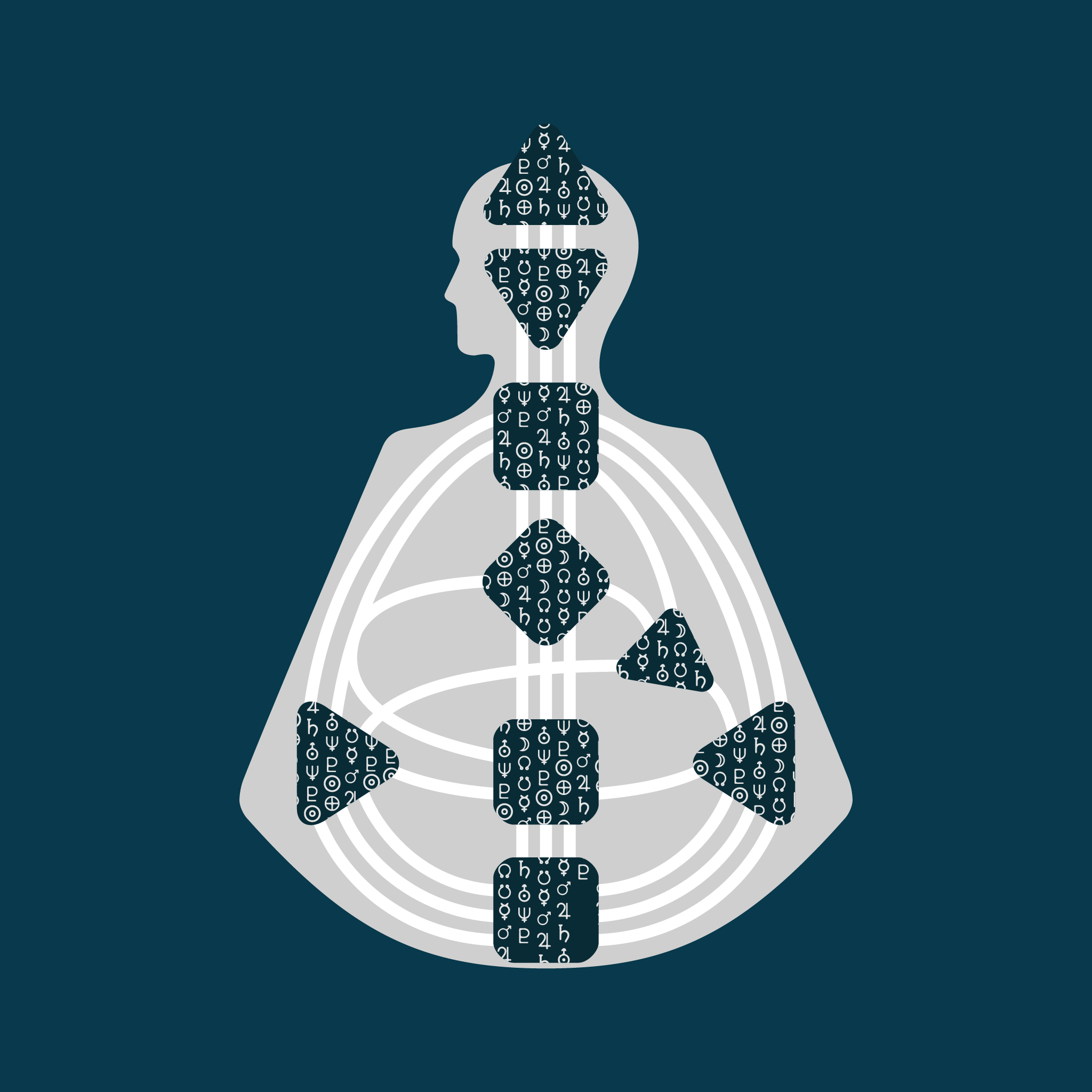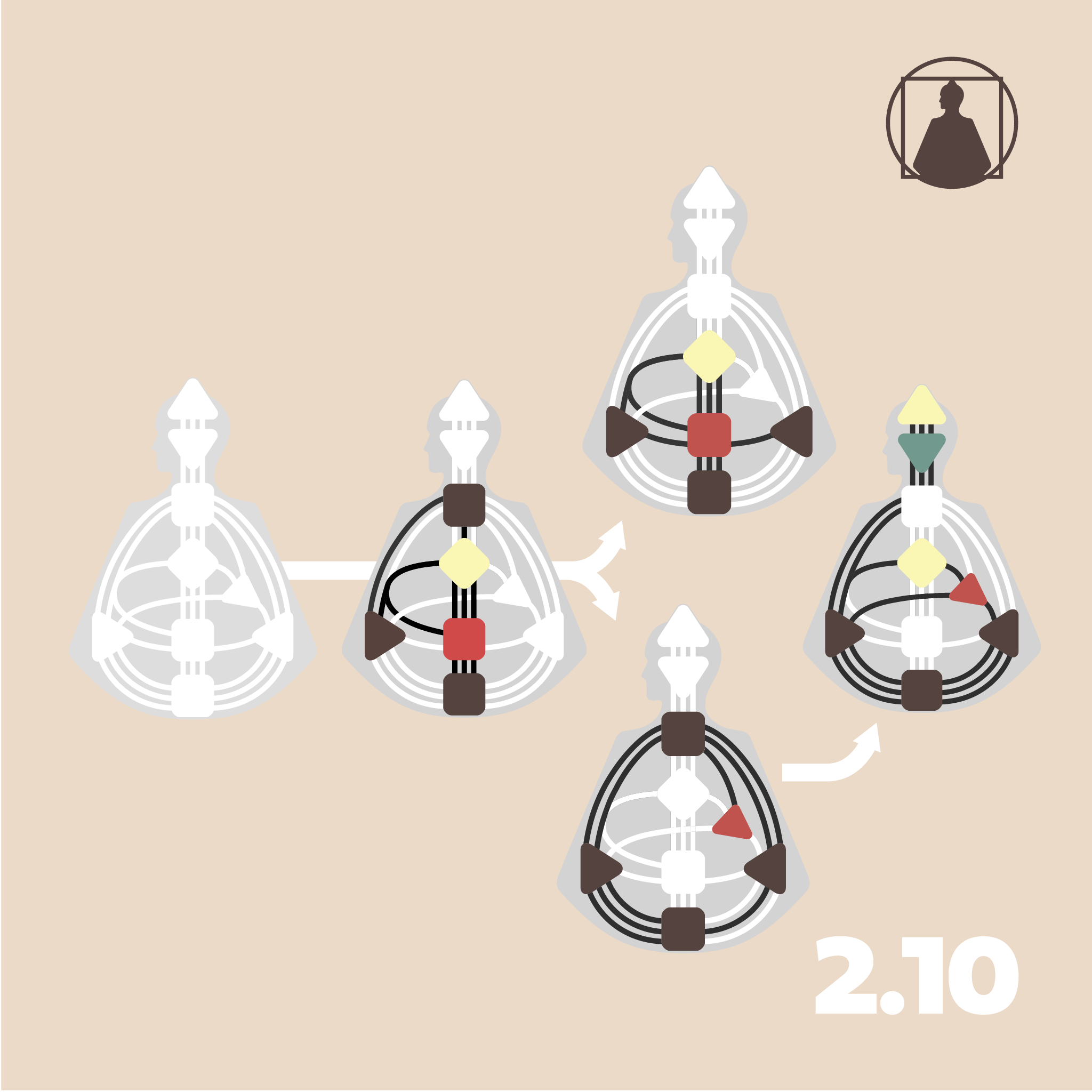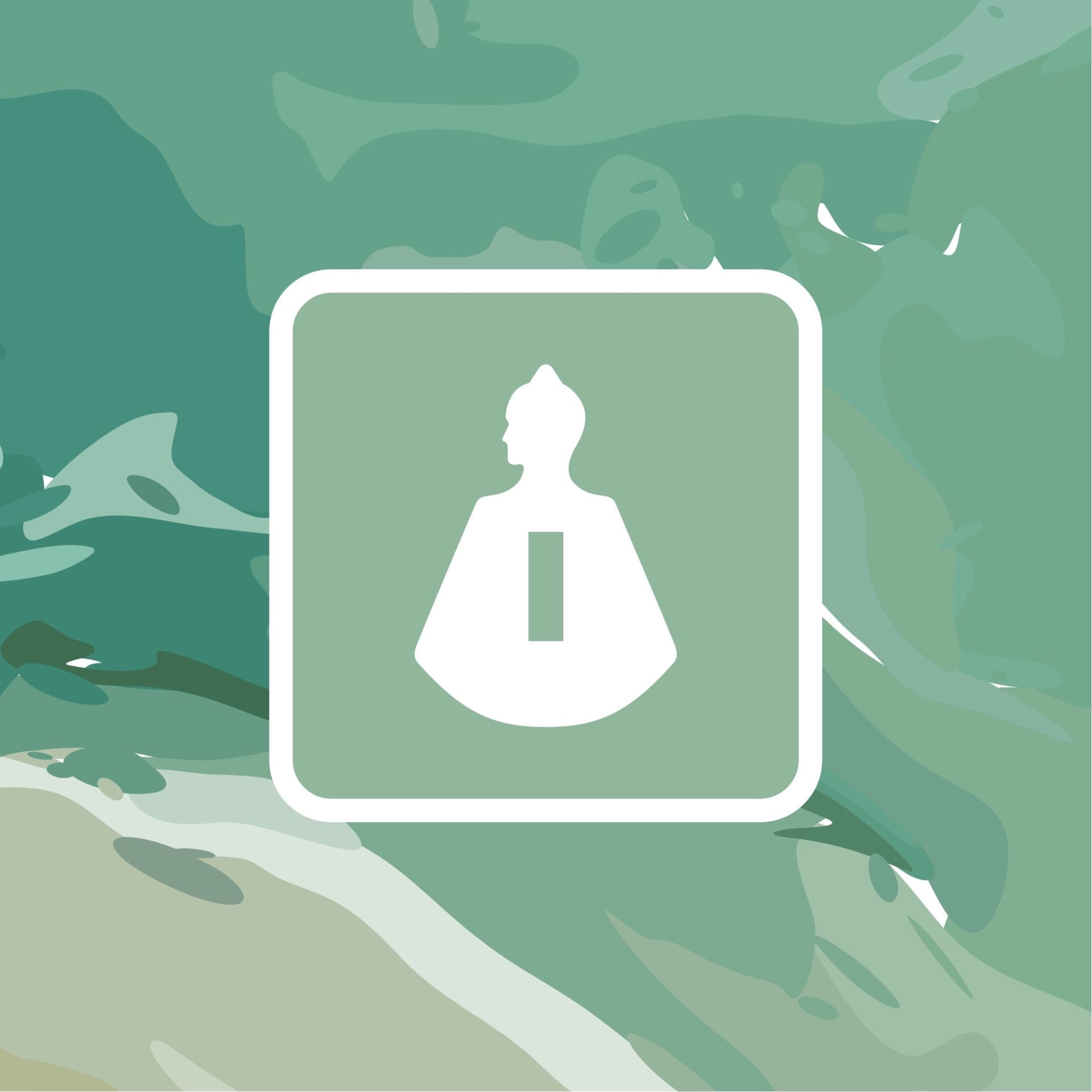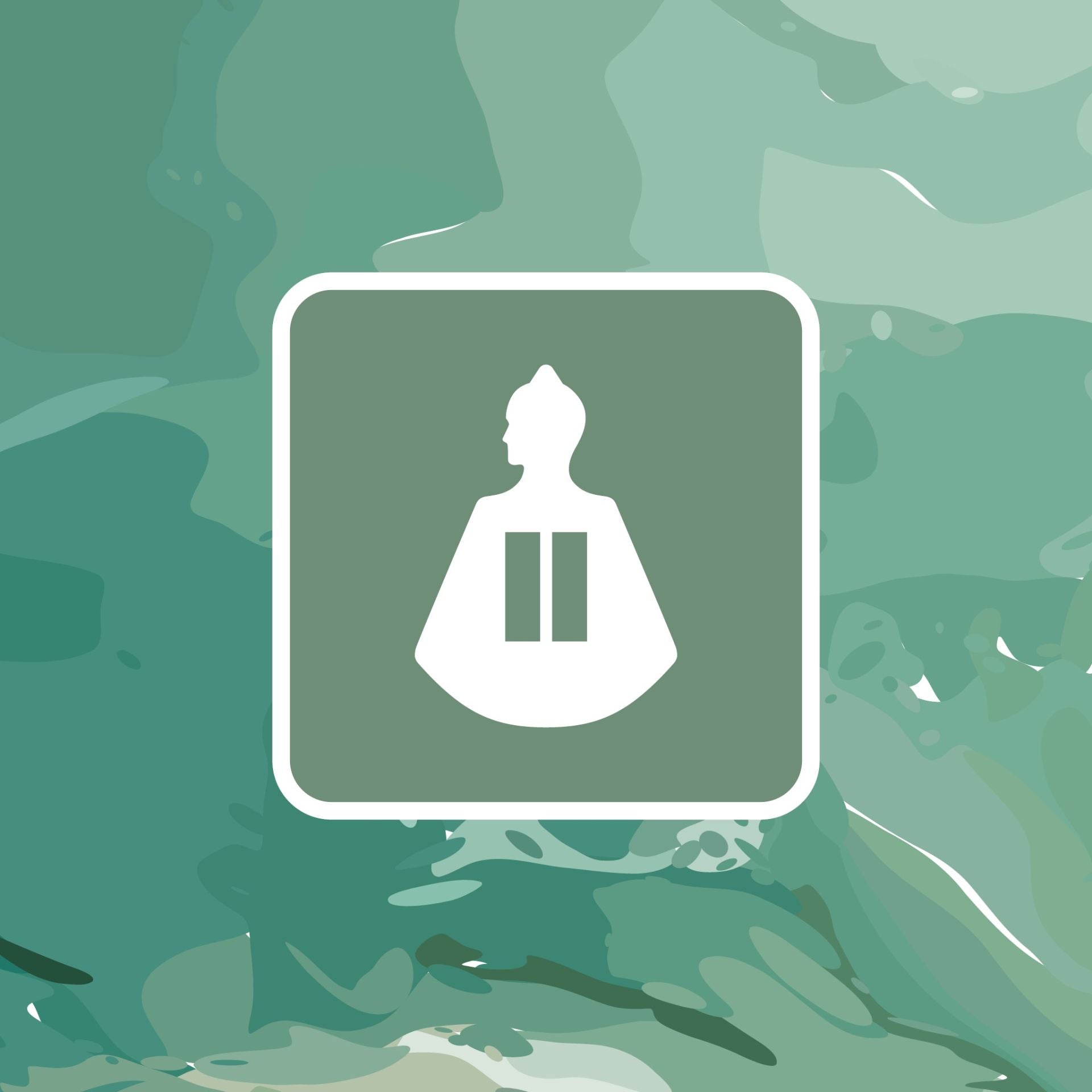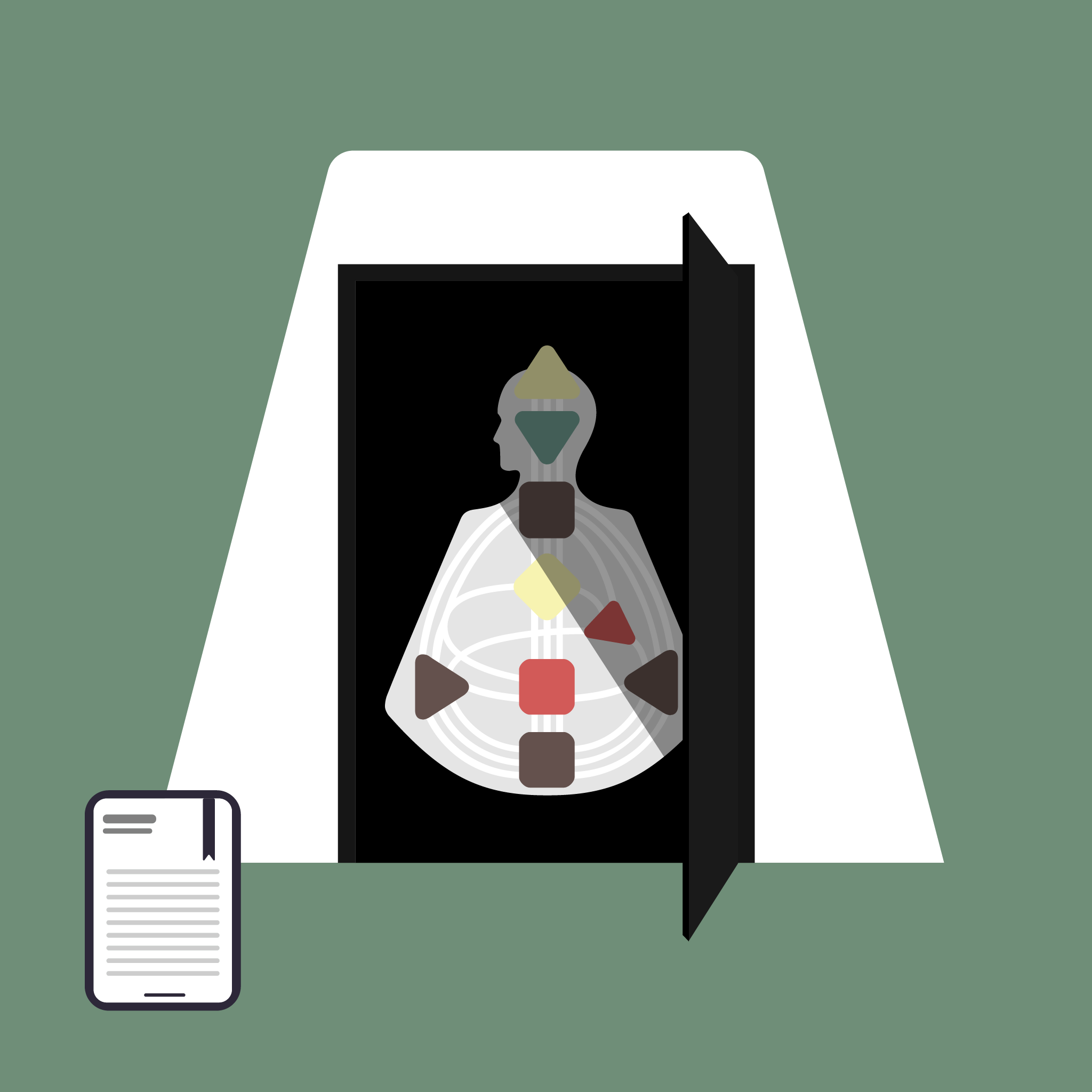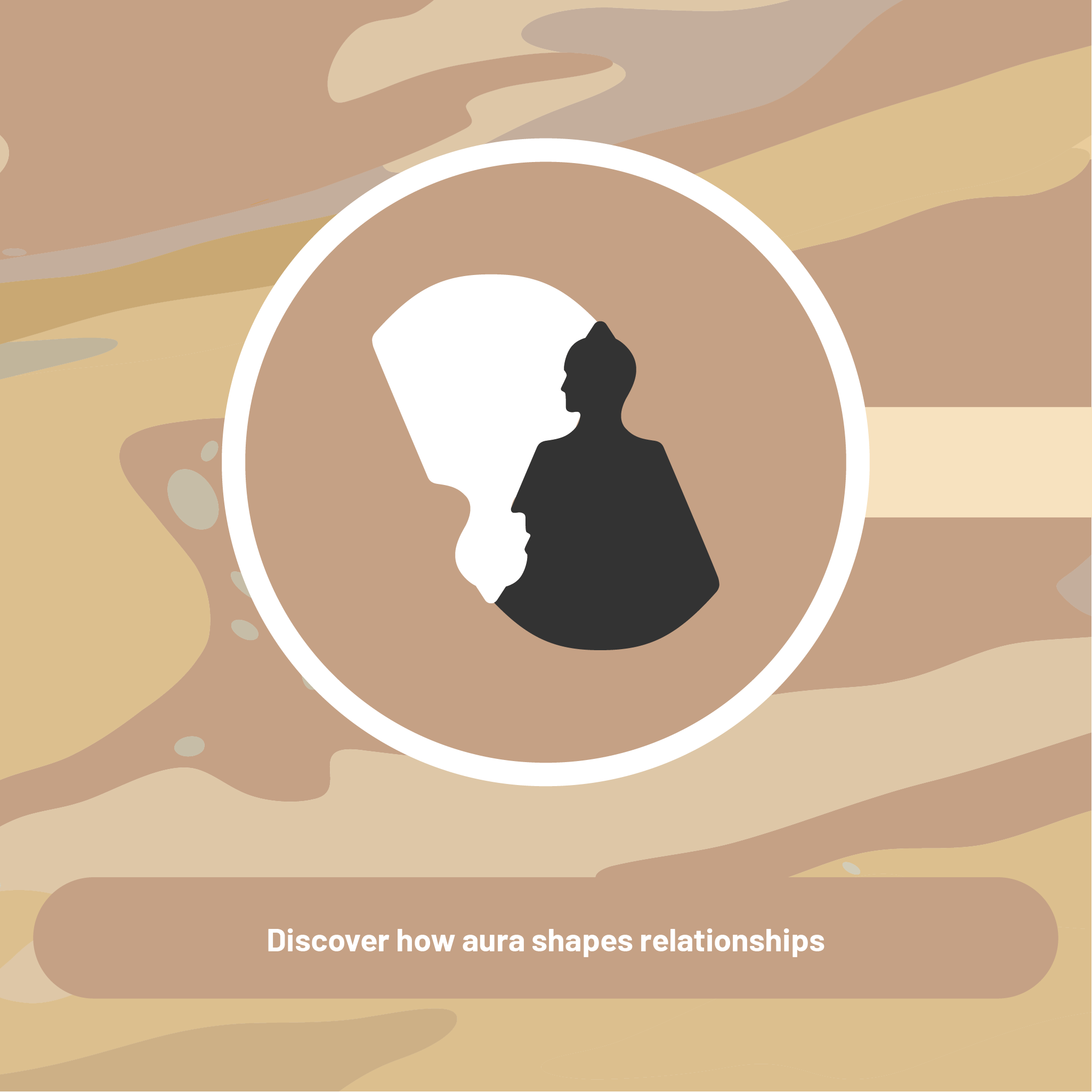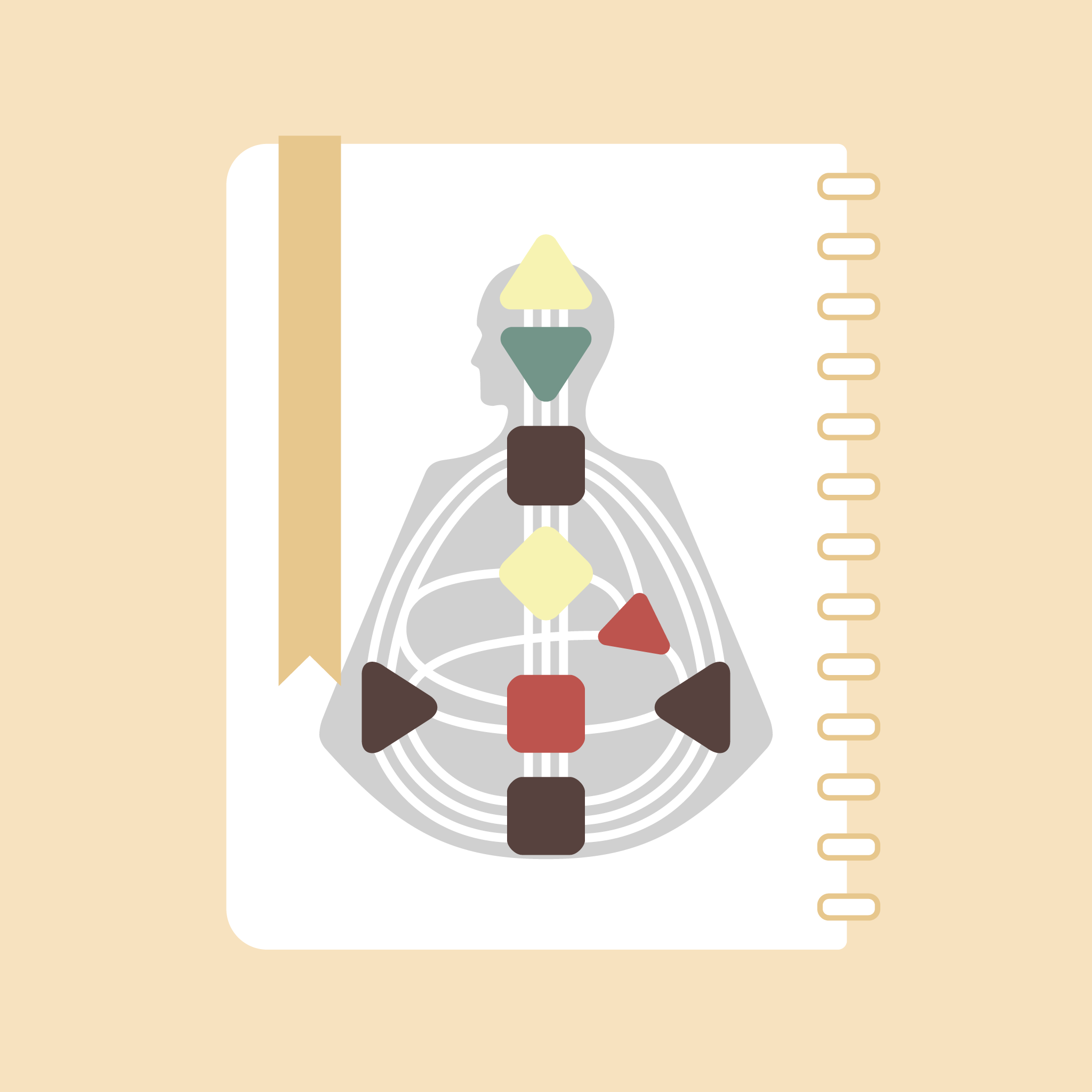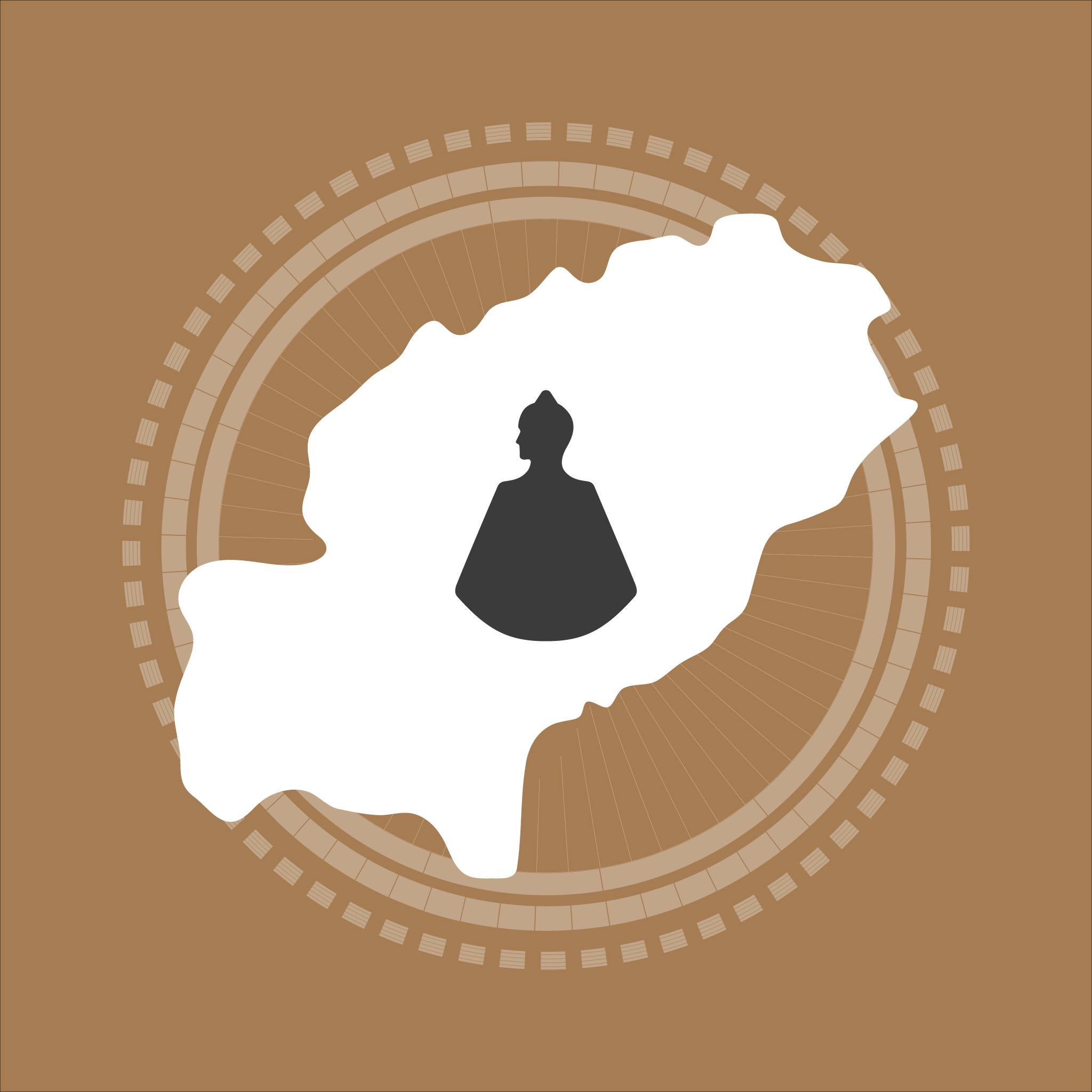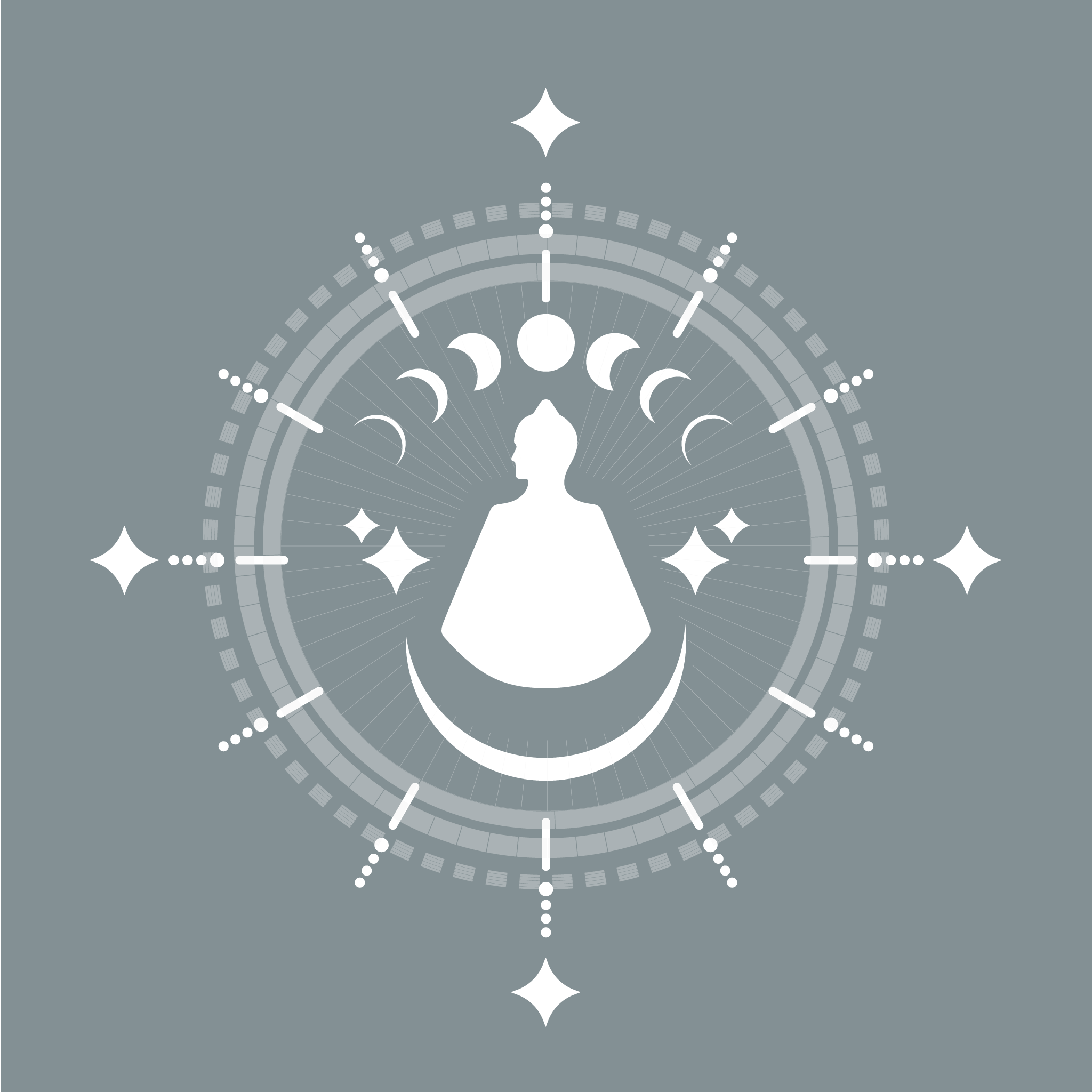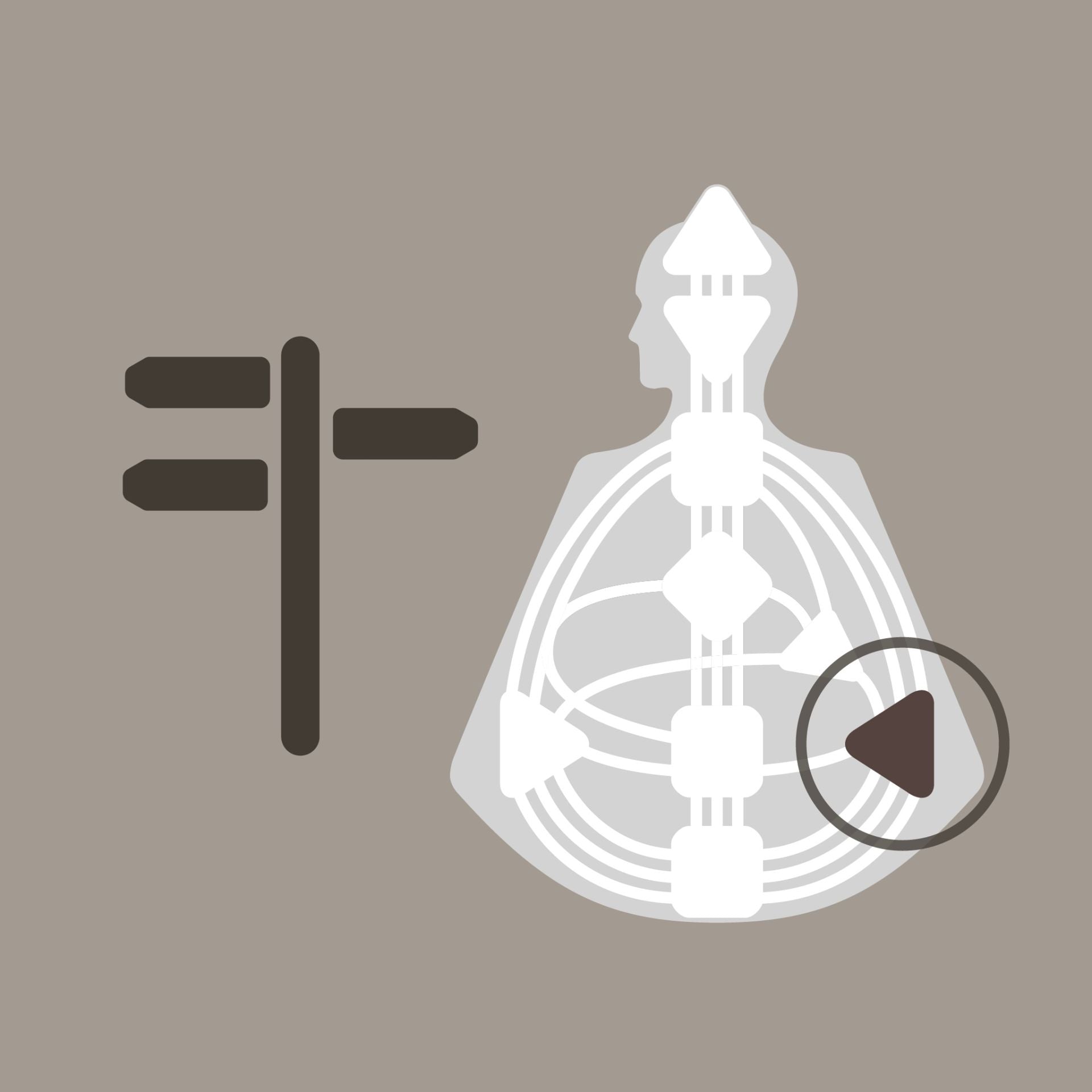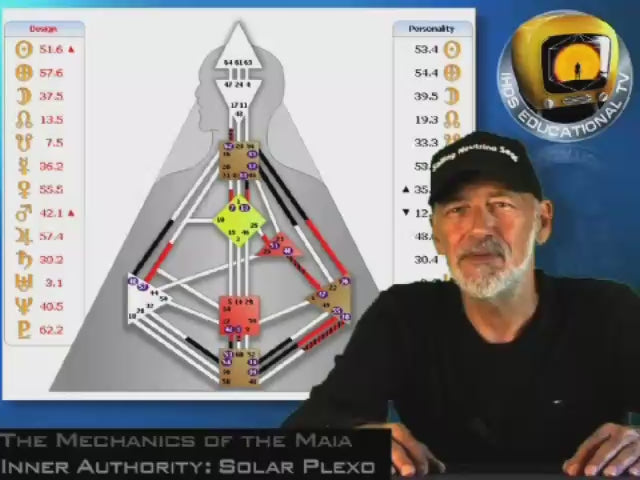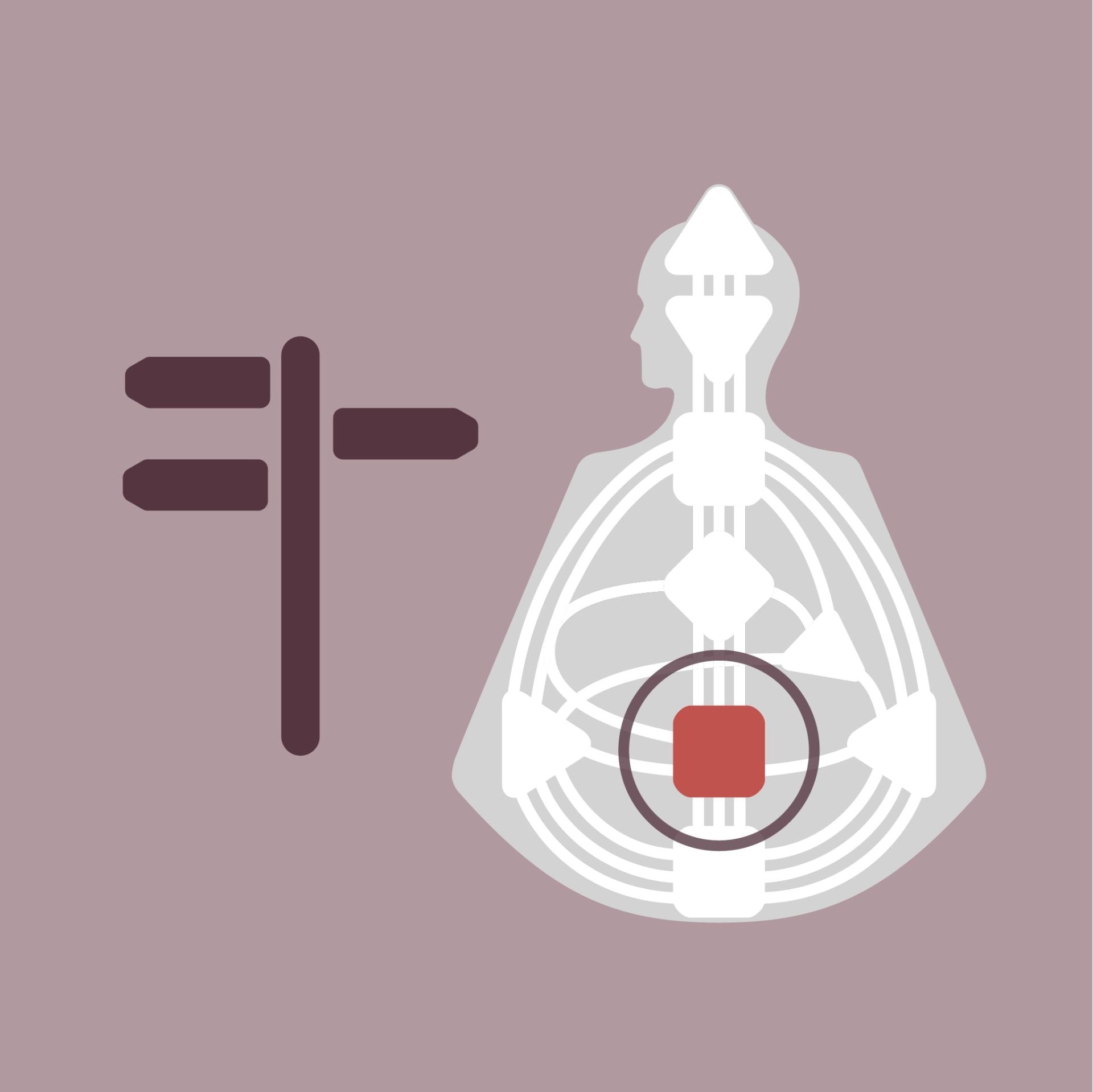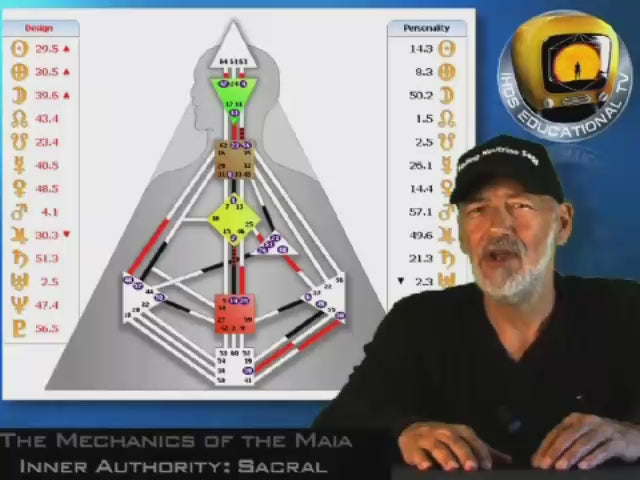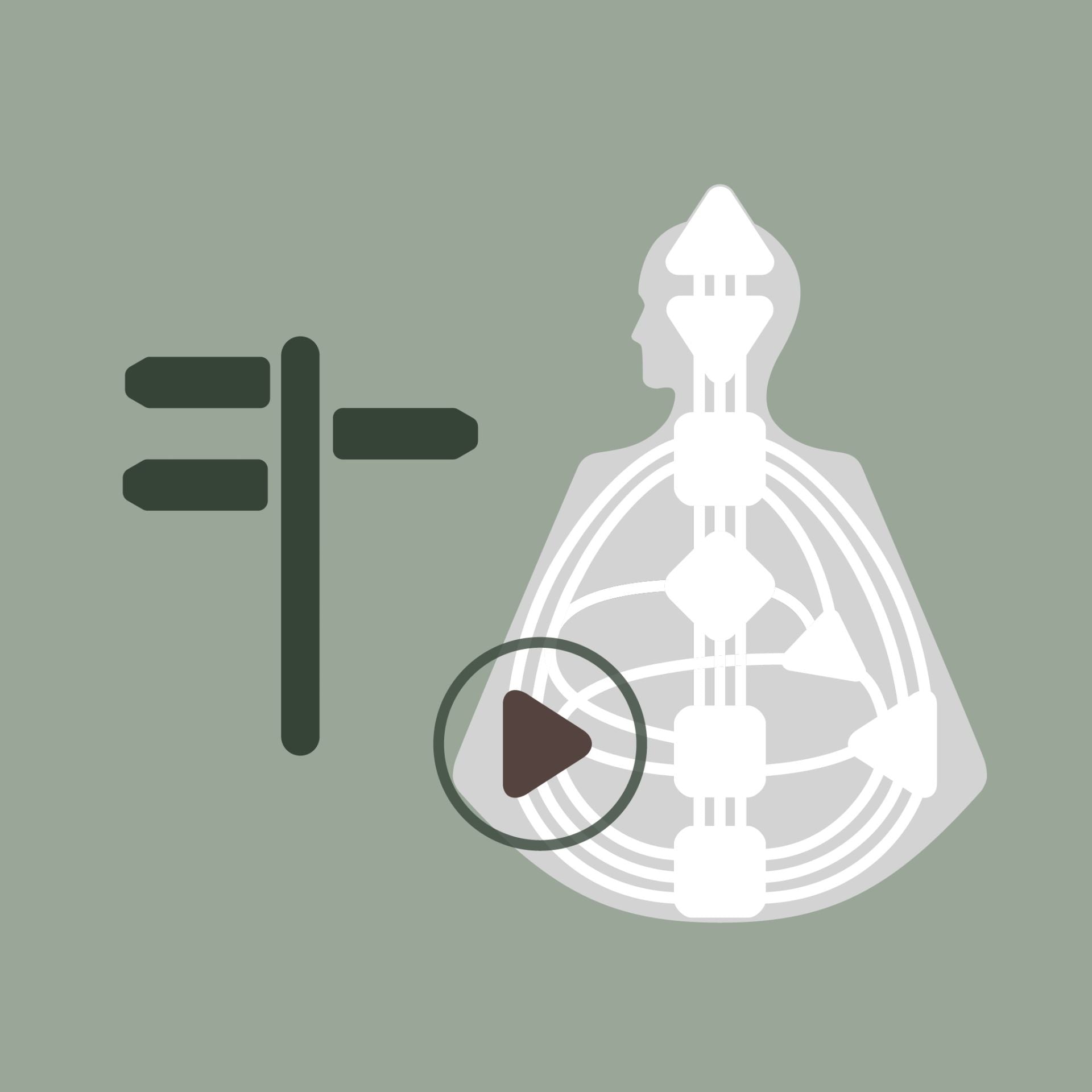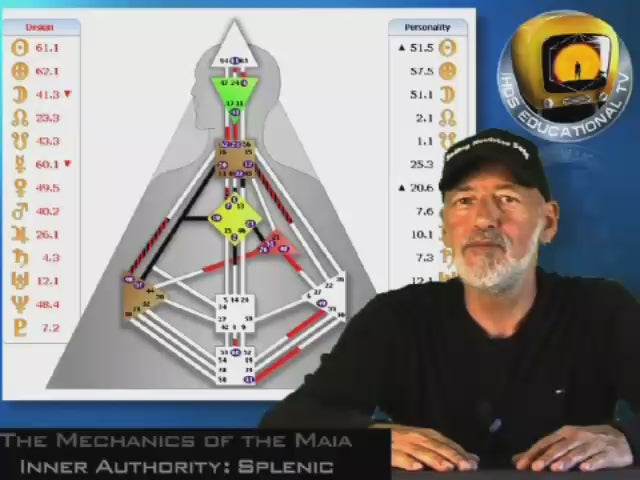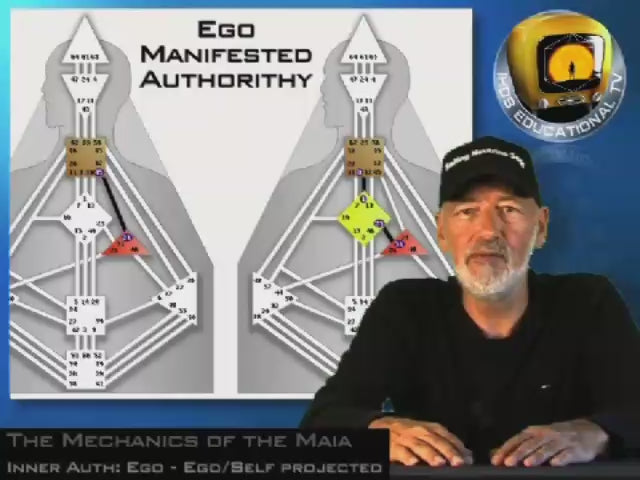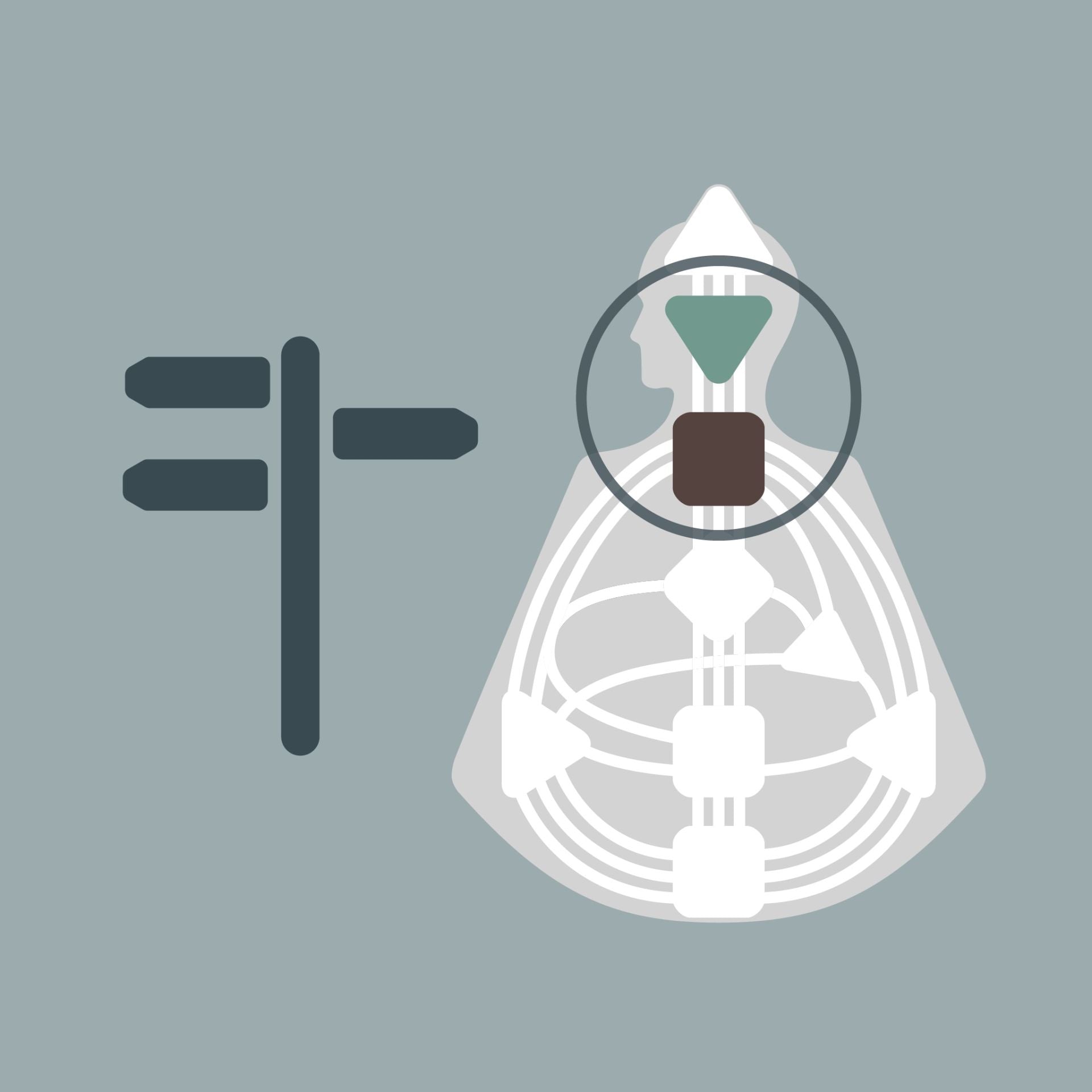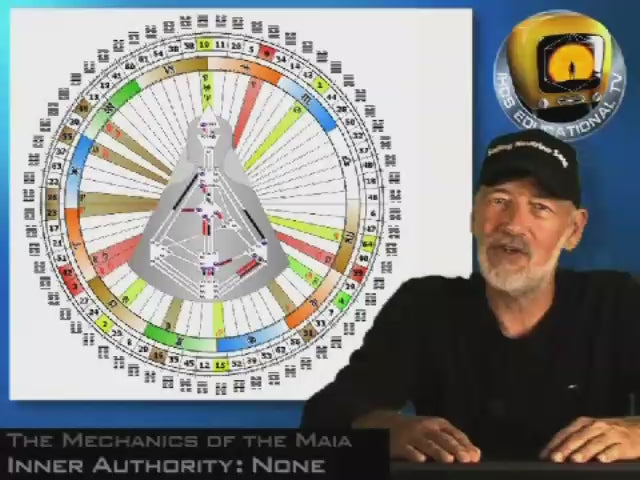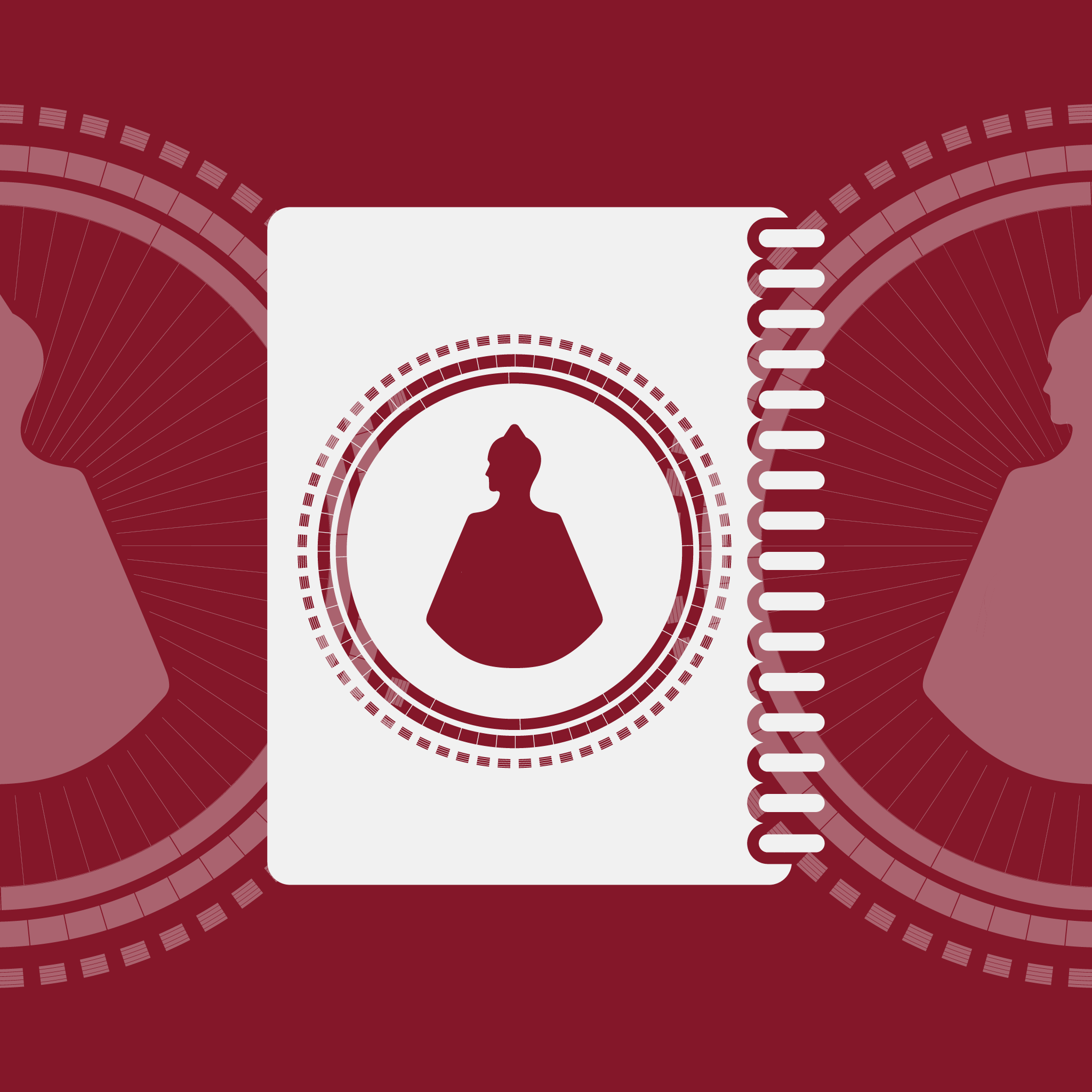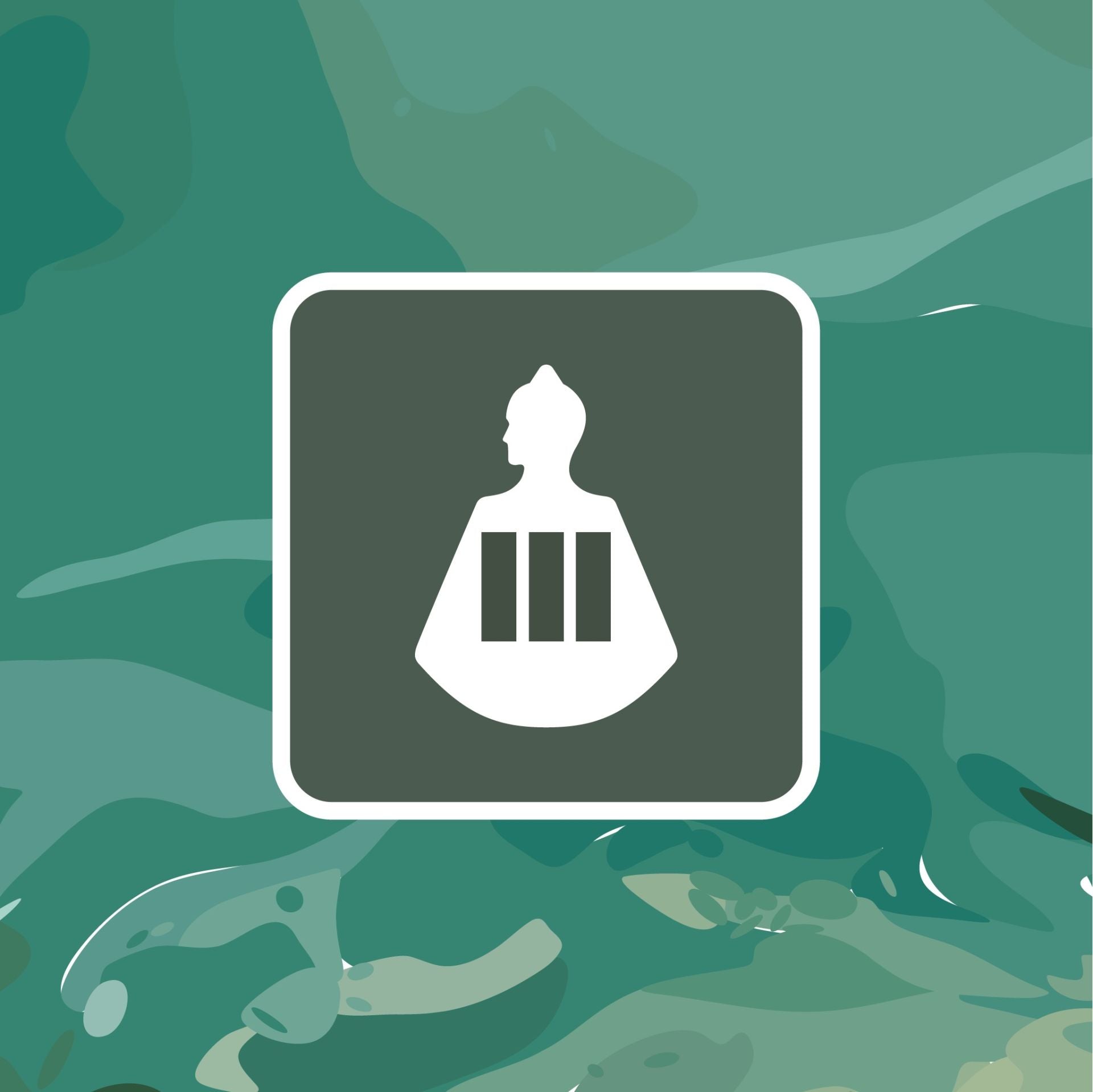The Six Lines of the Hexagram
Oct 2, 2016
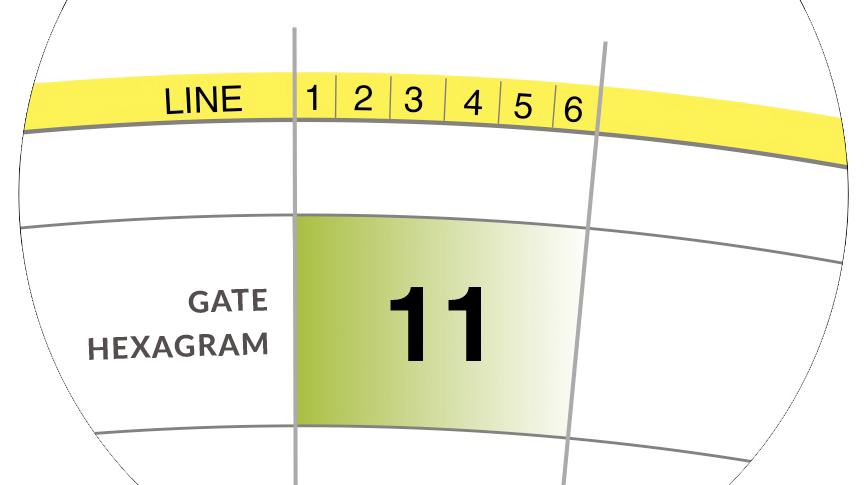
The First Line
Let’s take a look at the hexagram structure. When we’re looking at the first line, the first line is the foundation. It’s very important to recognize that all first lines are basically insecure. So, if you have a first line in your profile, or you have a first line in any of the hexagrams that you have activated, it’s an aspect of your nature that can always be insecure unless it finds a solid foundation.

The theme of the line is introspection. That is, to study, to dig into things, to find out whether something is really solid or not. That is the nature of the first line.
So, when you’re dealing with a first line in a profile, for example, somebody who is a 1/3, somebody who has their personality Sun/Earth in the first line and their design Sun/Earth in the third line, when you’re looking at the nature of their personality— remember the personality is who we think we are—then we know that they are concerned with, in their personality, finding the foundations of things, finding out what is secure in order to be able to feel comfortable and stable, and to be able to be productive.
The most important thing about being a first line being is that only when you have a solid foundation can you move forward.
The Second Line
The second line is different. It is a binary; it is a polarity, if you will, to the first line.

Where the first line studies and needs to find a foundation, the second line is a natural. It’s a natural in the sense that there are gifts inherent in it that can be called out. It’s one of the most important things to understand about a second line.
Most people relate the second line to shyness, for example, the 59th hexagram, the second line. But one of the things to be clear about in all second lines is that second lines like to be left alone. And that the only thing that’s really going to change them is the moment that they are called. The second line is a line of projection. And the projection is that the outside is looking in and they see something.
The hexagram structure can be seen as a house with two floors. That is, the main floor, the street level, and one floor above. When you’re looking at the second line, the second lines are the windows, if you will, of the main floor at the first level. And one of the things about it is, if you’re a second line being it really is very much like walking around in that space with the lights on and the windows open and there is a parade going by outside at night. Everybody can look in and see you.
Wherever you have a second line in your design or if you have a second line in your profile, then people are always seeing that in you, and seeing the potential of it and always trying to call it out. So whenever you see a second line, recognize that second lines are waiting for the call, whether that’s the call to love, the call to career, the call to spirituality.
The Third Line
The third line is the completion of the lower trigram process. The third line, because it’s a completion, but more than that it’s a stepping stone to the next trigram, that both the third and fourth lines are inherently unstable. That is, there is a great deal of mutative potential, particularly in the third line.

The third line is a line of trial and error. The moment that you see a third line in your profile or in your design, you have to recognize that your role in this life, that is, your movement in this life, is about discovery through trial and error. And it means because you’re here to discover what does not work, that you can end up feeling very uncomfortable unless you understand your capacity.
The theme of the third line is adaptation. That is, the ability within us to deal with the circumstances that arise from any situation. The third line is deeply gifted with its resilience to be able to deal with things. Things always bump into the third line. If you have a third line in your profile, things can bump into you, accidents can happen. It’s the kind of thing where you have to see that the greatest difficulty in the human spirit is the way in which the third line is treated in life. You know, we punish mistakes.
And yet, the third line being is here to find out what’s wrong with things. It’s here to discover what doesn’t work. So often that looks like a mistake. They enter into a relationship and the relationship fails, and they discover a great deal in that relationship failing. At the same time there is both self-blame, and there are fingers pointed from the outside that that was a mistake, that you did the wrong thing, and so forth and so on.
Everything about being a third line being is understanding that life is a trial and error process, you’re here to find out what really works, and you’re here to let everybody know what doesn’t work, because that’s your gift.
The Fourth Line
When we move to the upper trigram we change from a lower trigram that is self-absorbed, to an upper trigram that has much more transpersonal qualities. Now, the fourth line is a line of brotherhood and sisterhood. It’s about the capacity to be able to externalize, but to be able to externalize in a closed circle.

The fourth line is the line of opportunity. To be an opportunist is natural for the fourth line. And the opportunity lies within its circle of relationships. The more people you know, the more opportunities that are possible as a fourth line being.
Not only that, but when you do have something to say, you have the capacity to be able to influence those that you know. For the fourth line, never love a stranger. Never leave a lover until you have another lover. Never leave a job until you have another job. You always have to wait for that opportunity. But the real gift of the fourth line being is their capacity to influence those they know. The worst thing for a fourth line being is to try to influence, or try to have a relationship with, a stranger.
The fourth line is the foundation of the upper trigram. It’s the floor, if you will; it’s the harmony to the one. One of the most important jobs of the fourth line is that it sets the foundation of how we deal with the other. Where the first three lines are concerned about what happens to them and their discovery in their experience, the upper trigram is concerned about reaching across the channel and meeting somebody else. They are more aware of the other.
So for the fourth line being, they don’t want to study what the foundation is, that’s a first line job. They want to be able to deliver the foundation and externalize it to others.
The Fifth Line
When we get to the fifth line, we get to the exalted line of projection in Design, and yet at the same time a line that suffers from that.

Fifth lines carry within them a very powerful projection in the way in which they’re perceived by others. There is the expectation that the fifth line can bring the fulfillment of a process. It is the quality in the line we call universalization.
Yet, the difficulty with the fifth line, it’s the second floor window; you can’t look in easily and see what’s really there. You can only project. You can only guess. You can think it’s this; you can think it’s that. But you cannot really know.
The fifth line has the advantage in that they can impact others because there is an openness to the possibility that they can deliver. But if they don’t, then they’re punished. That is, their reputation is punished.
The key to being a fifth line being, the key to the fifth line in your profile or the fifth line in any of the hexagrams you have activated is the application of that practically. The moment that the five is dealing with the practical, is the moment that it can satisfy the projection. And in satisfying the projection, receive its rewards.
The Sixth Line
Finally we come to the sixth line. The sixth line is by far the most complex in our day and age because it is a theme that is under mutative pressure.

We live in a world in which the new lifespan is divided up into three segments. And this new lifespan is being experienced very deeply by sixth line profile beings. Everything about being a sixth line being is understanding that their role in this life is to end up being the example for others. This is a line of transition. And this transition is from going through a process of observer observed to simply becoming correct.
In this day and age with the advent of this knowledge and the ability to be able to provide sixth line beings with an understanding of their design, is the possibility of a whole new process for all of us.
You see, when we changed from being a seven-centered being to a nine-centered being in the 1780’s many things changed. But the most important thing that changed was that the sixth line process changed. The sixth line being would go through a period in life, the Saturn cycle of approximately 28-29 years, through a process of trial and error. In other words, they would get experience in the world.
By the time they reached the close of their Saturn cycle they would become more distant and more aloof. Move from being pessimistic to optimistic; move away from being engaged to being aloof. And in their aloofness, develop the capacity to be able to recognize what others need to know, and becoming a source, in that sense, for guidance for others.
The sixth line embodies the qualities of leadership and trust. But the moment that the configuration changed is the moment that the sixth line changed, because no longer could it simply continue its aloof distance methodology, getting older and colder, and reaching a point of hypocrisy.
If you really want to understand the way the sixth line operated for most of our human history, all you need to do is look at the 10th hexagram in the sixth line and read the exalted and the detriment—two fundamental phases of what the sixth line being is. But today the sixth line being, in their aloofness, reaches a point, the Kiron return between 50 and 51, when they must come off the roof.
In other words, they have to come back into the world. Not simply as somebody who can lead and tell others what to do, but somebody who is the embodiment of correctness themselves.
So if you’re carrying a sixth line in your profile, it’s very important for you. This final phase, the post-Kiron phase is the true flowering of our specie in our time with our design. That it’s only when we get to that point that we can really begin, through the synthesis of our life process, to truly flower at mythology.
In all of my work, I always remind people that the moment they get beyond the characteristics of their design, the moment that they can wear the costume of their profile and fulfill their role, they will be taken by their mythology. And in that, everyone who has any contact with them will benefit. They themselves will get to appreciate the beauty of what it is to be here in form surrendered to our choicelessness.
Teachings by Topic
Explore Ra Uru Hu's lectures by Human Design topic.
Teachings by Theme
Explore Ra Uru Hu's lectures categorized into life themes and goals.


